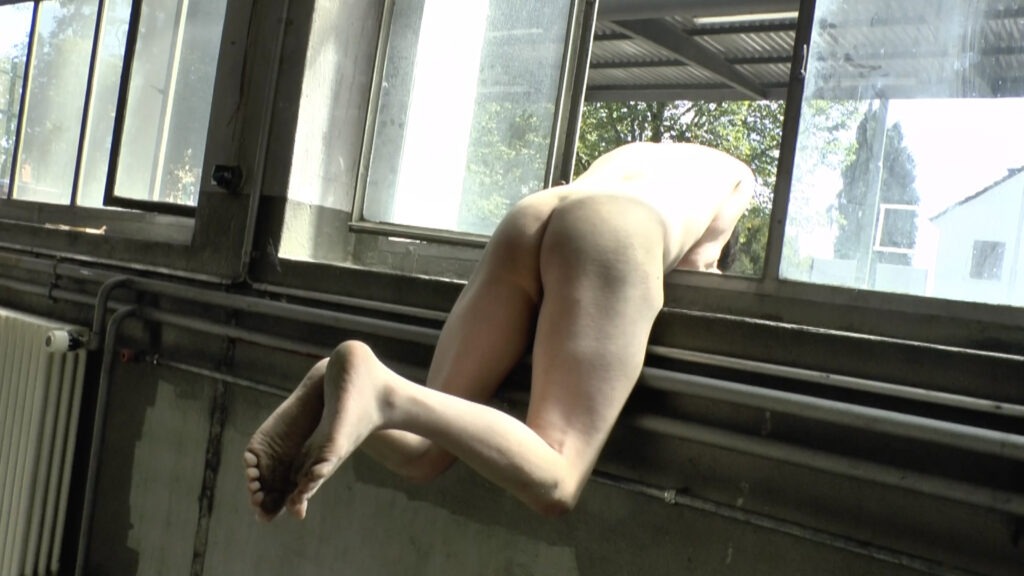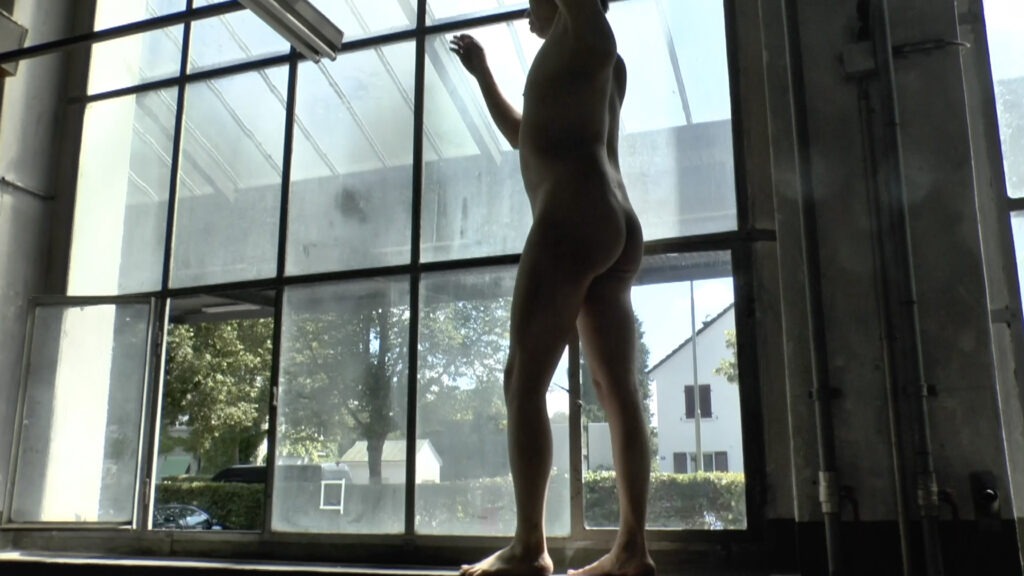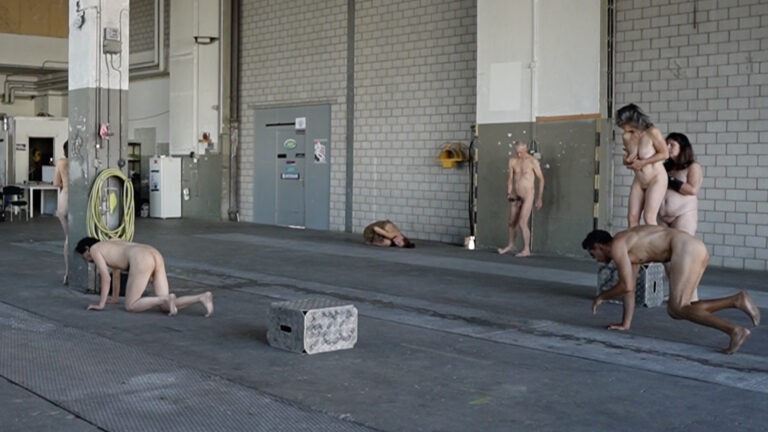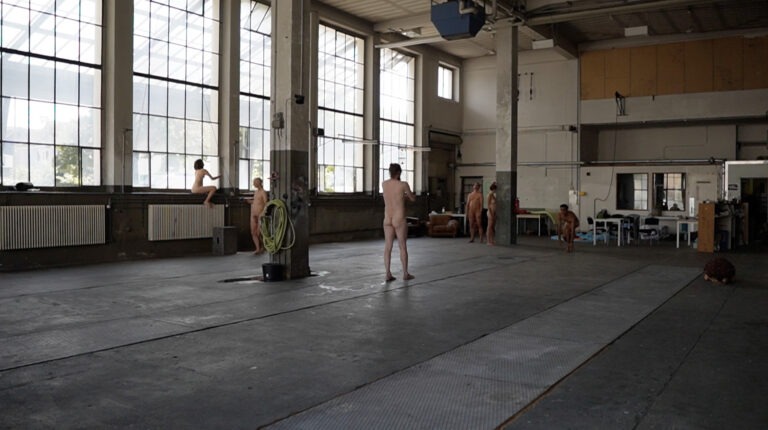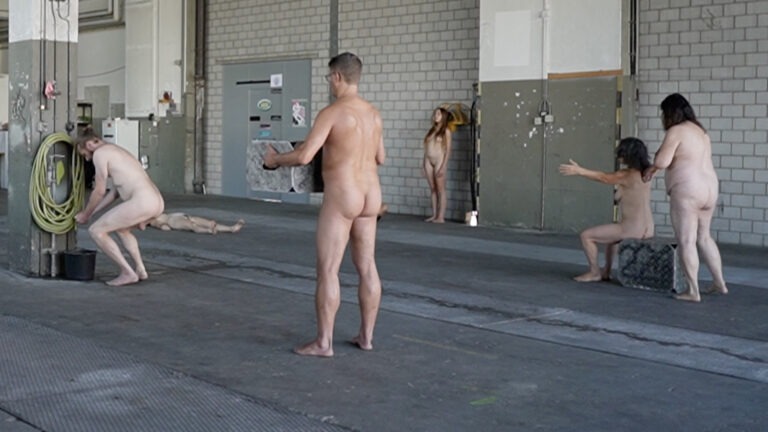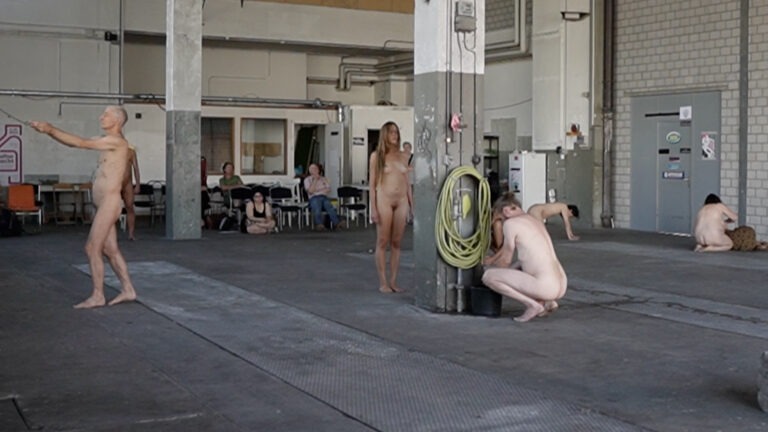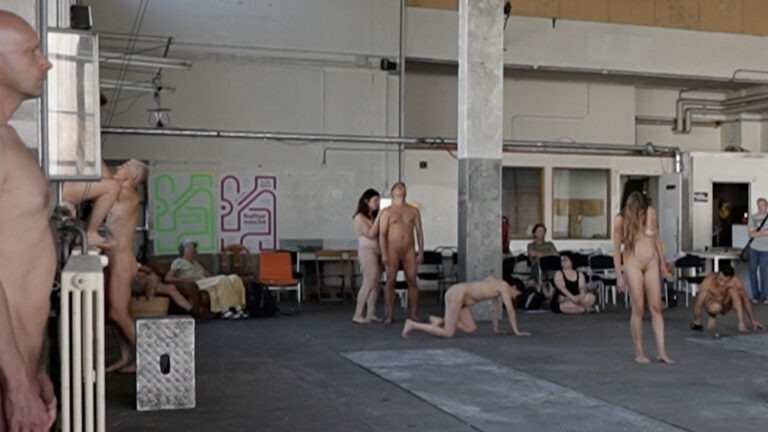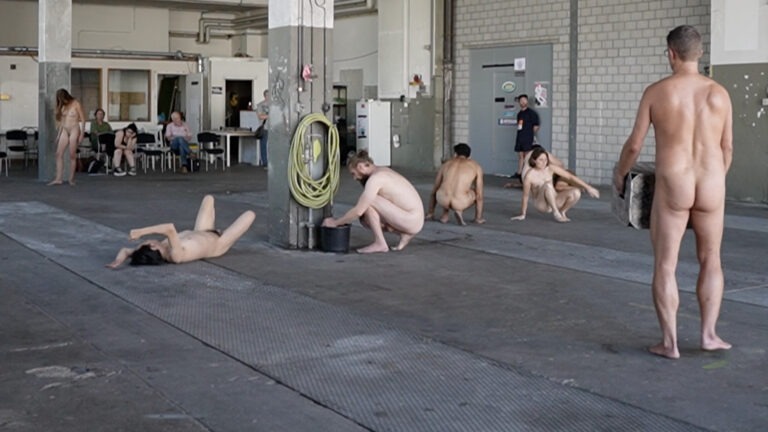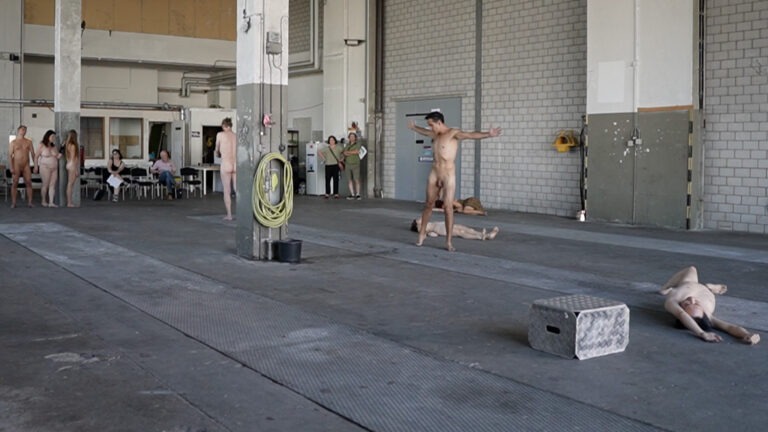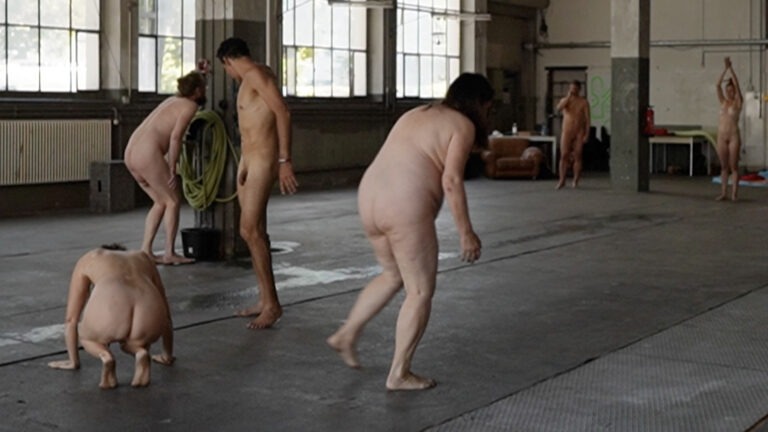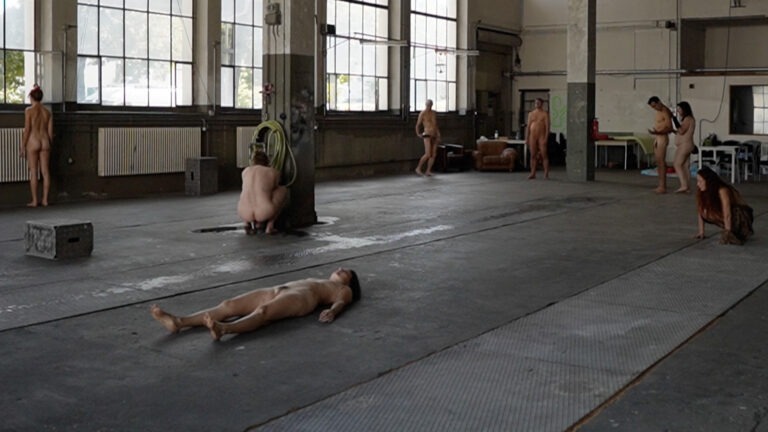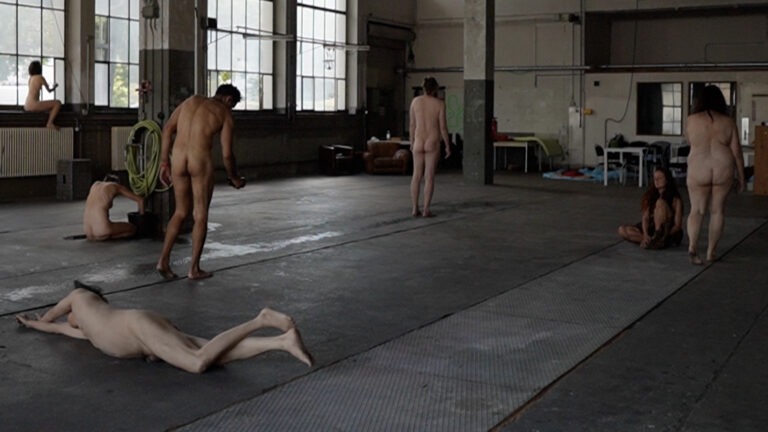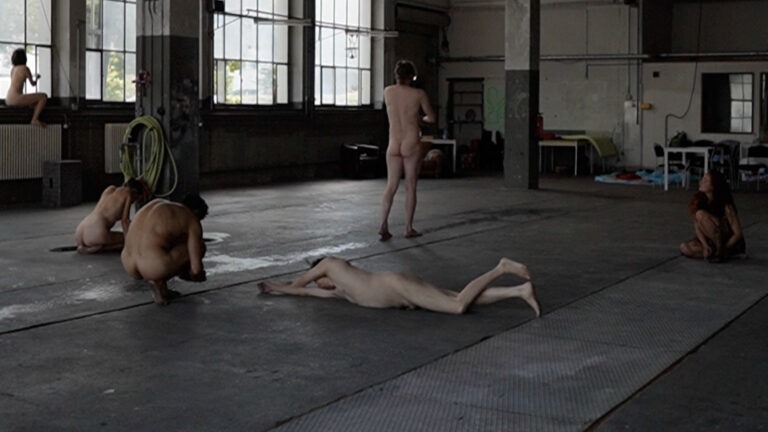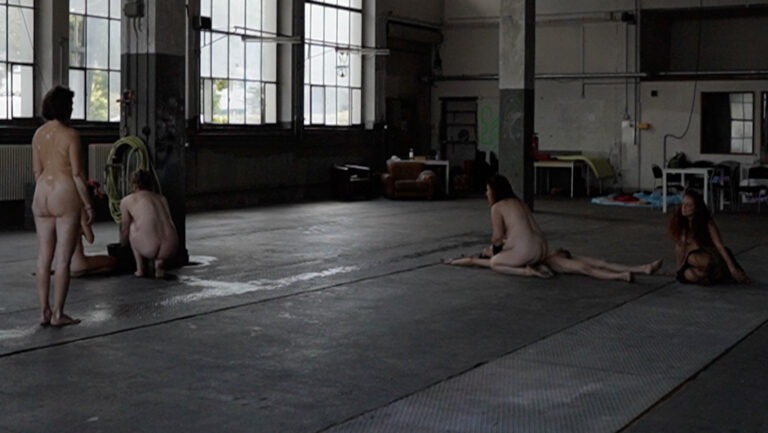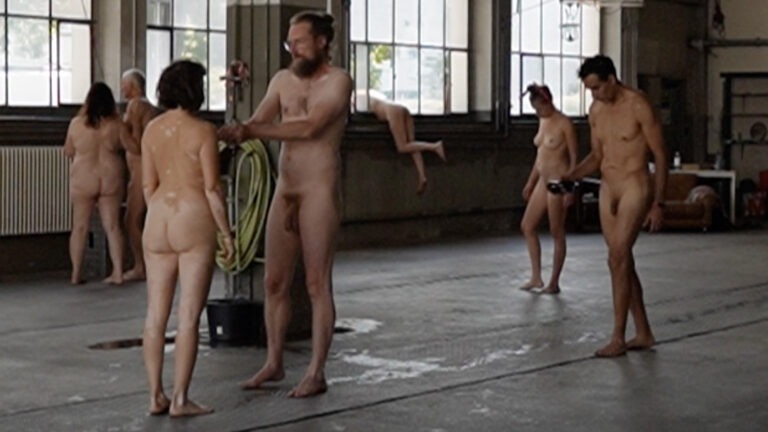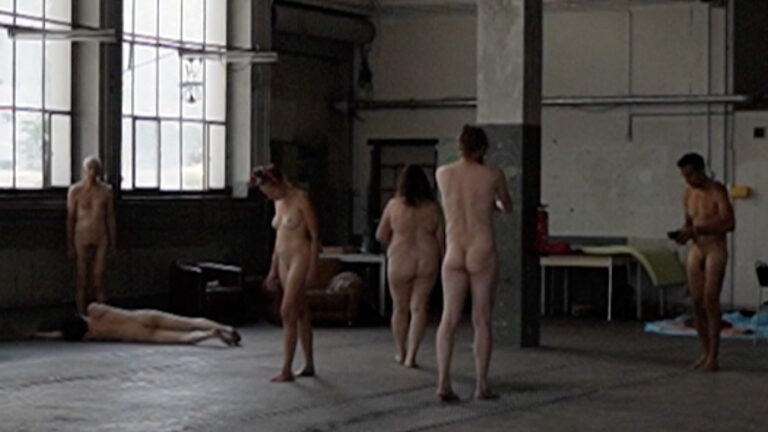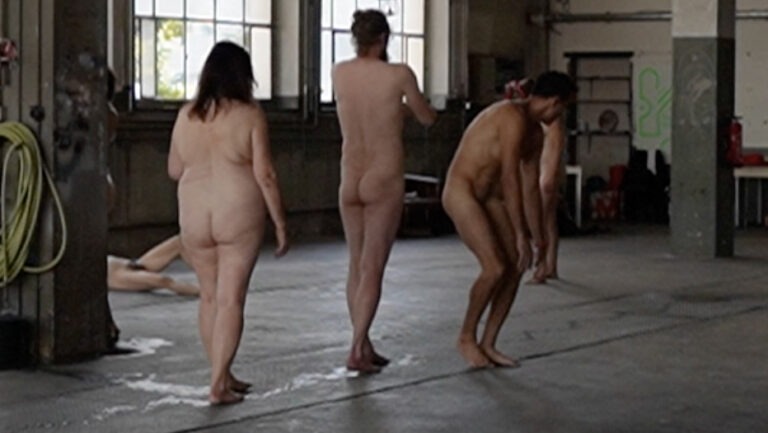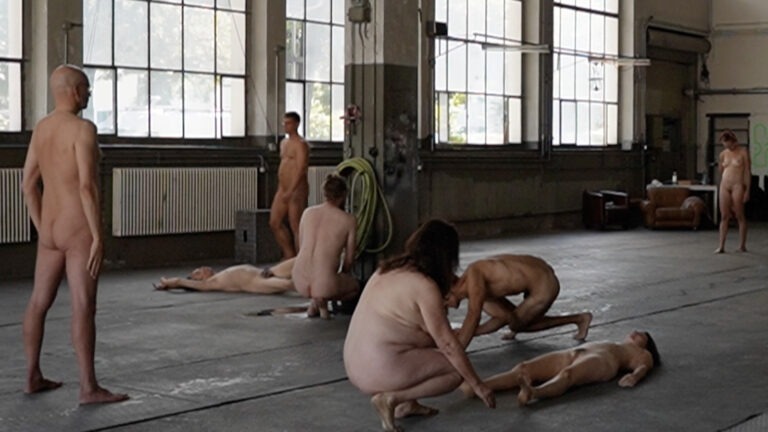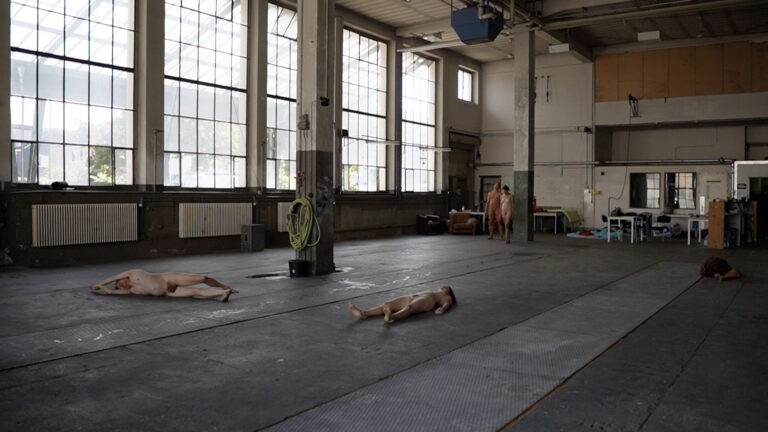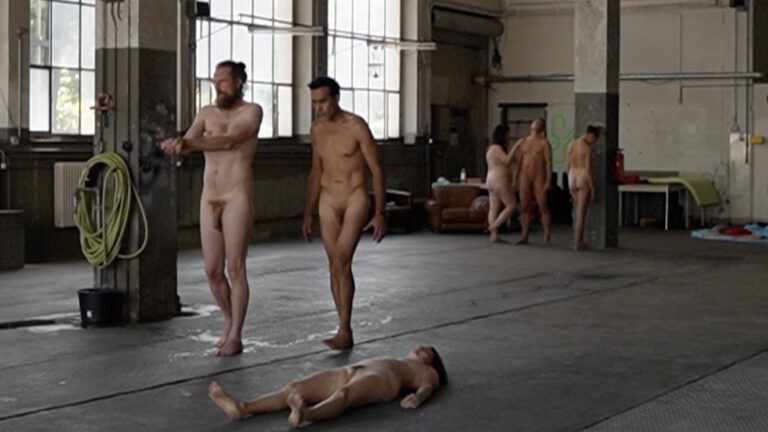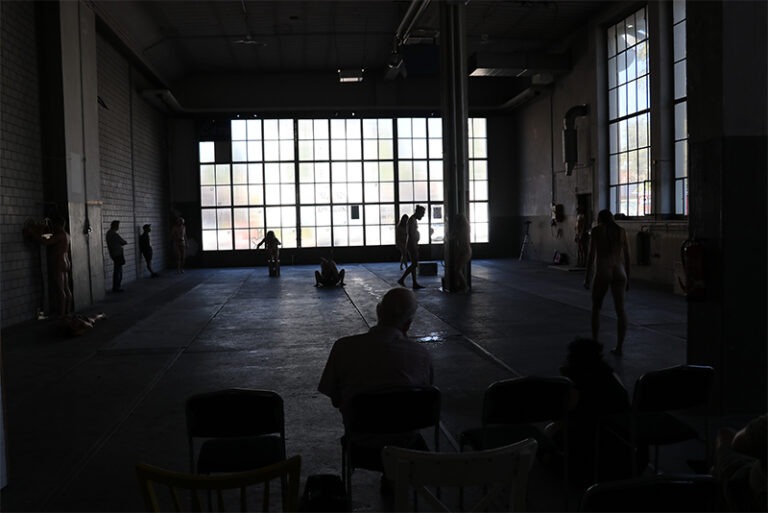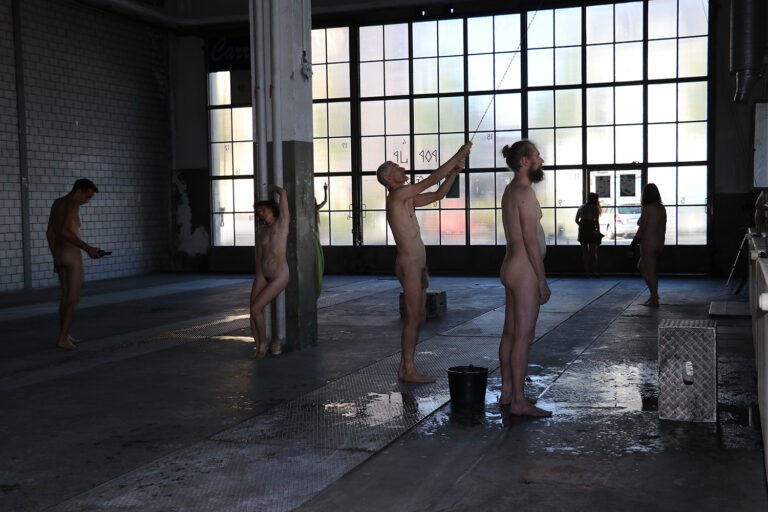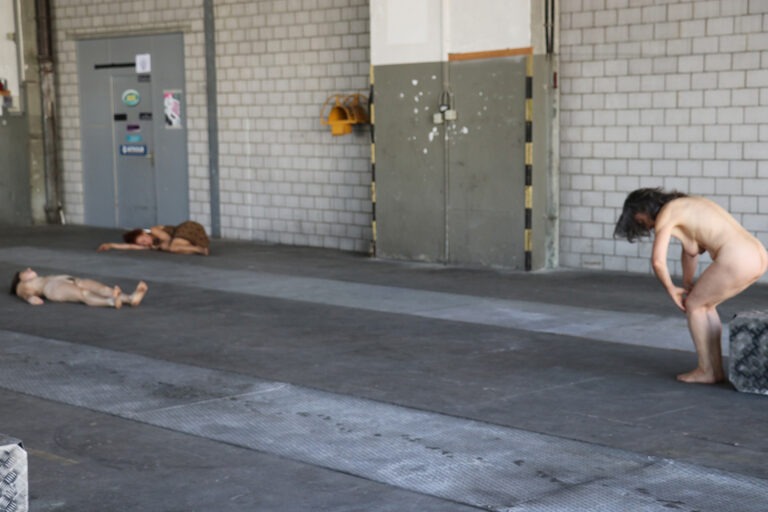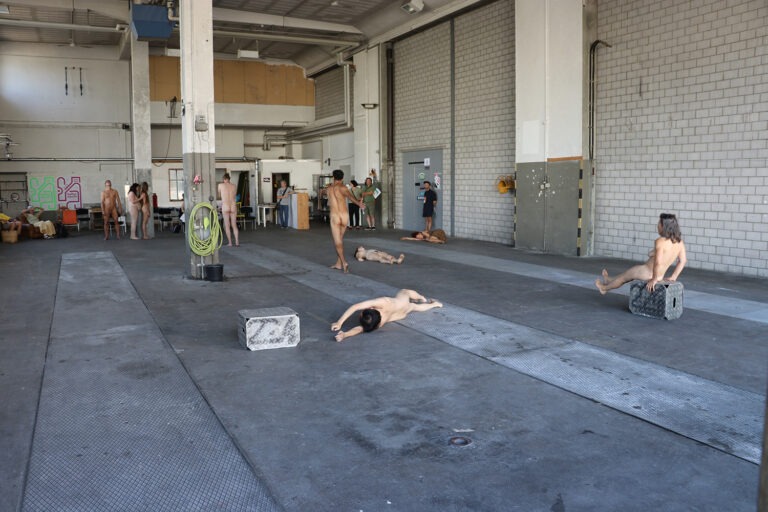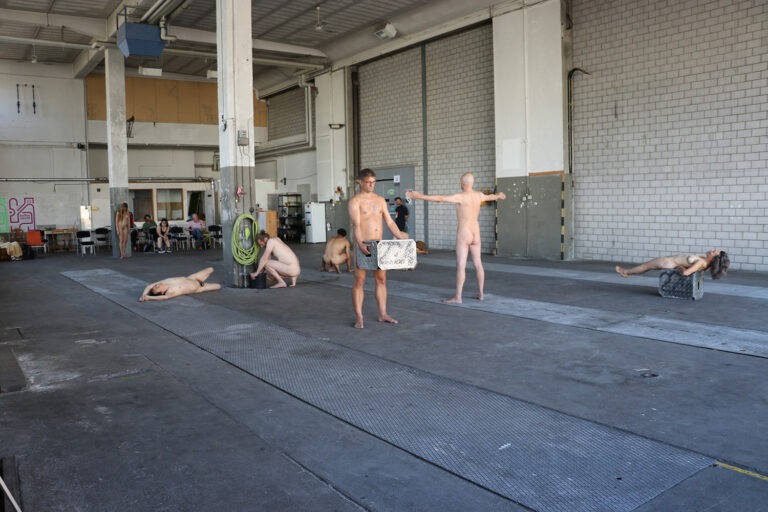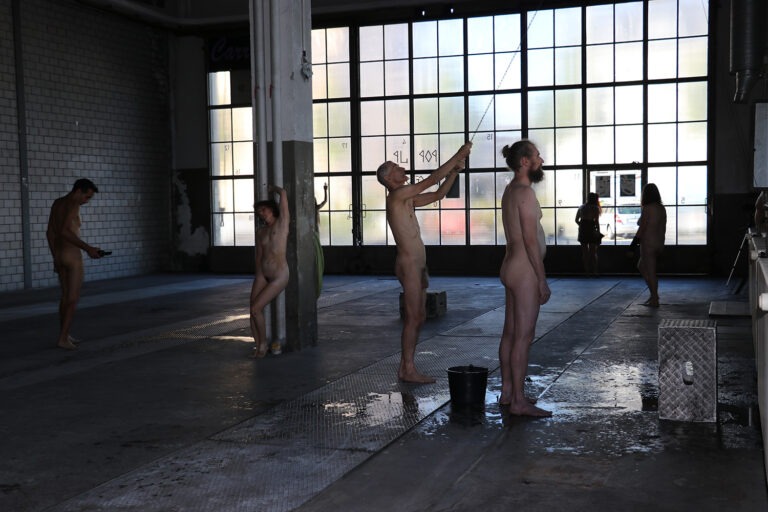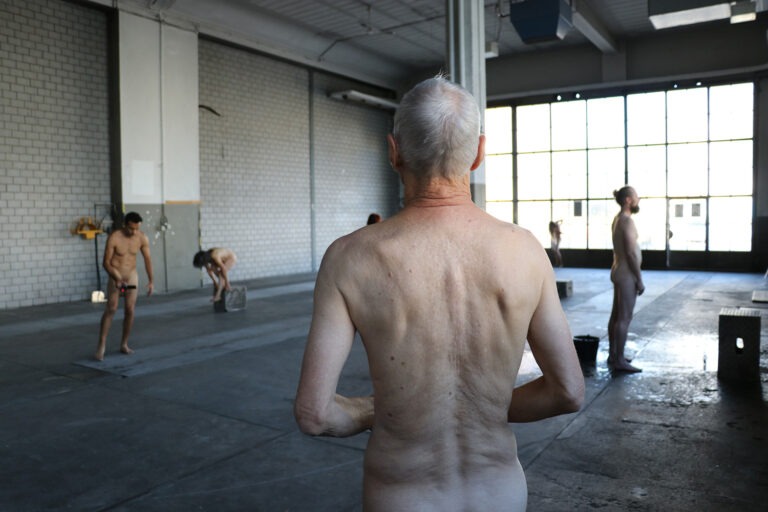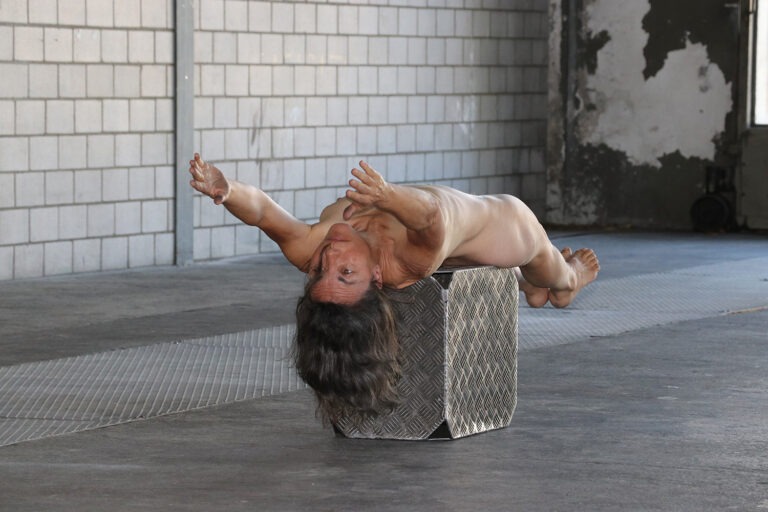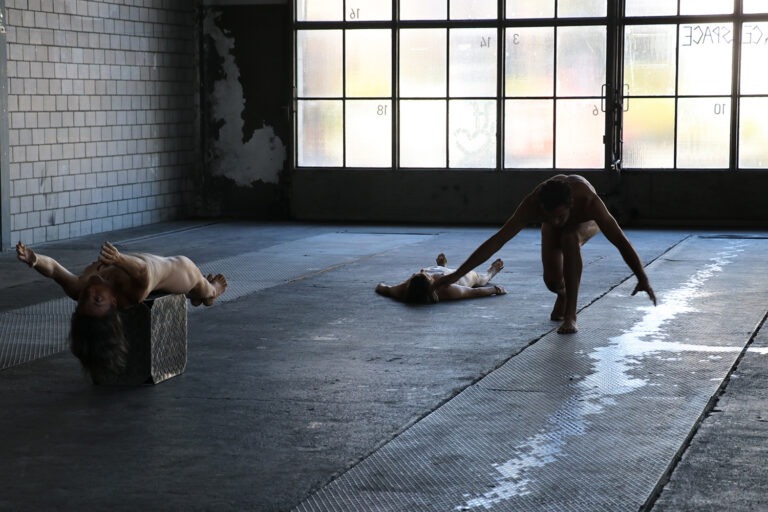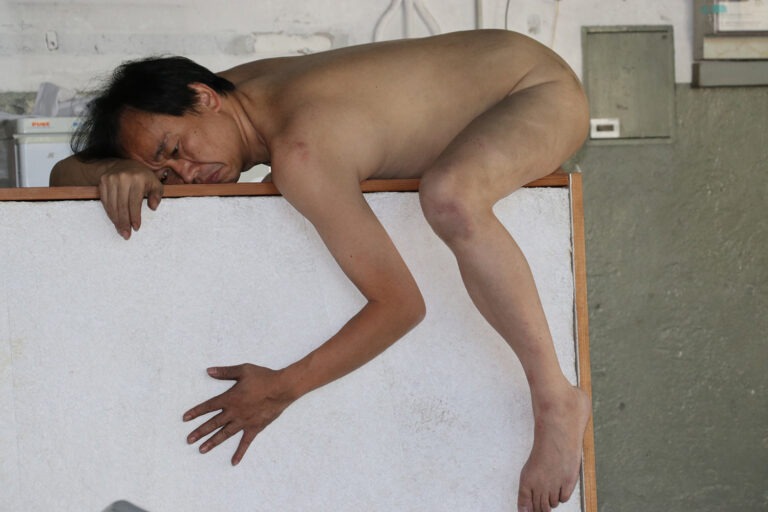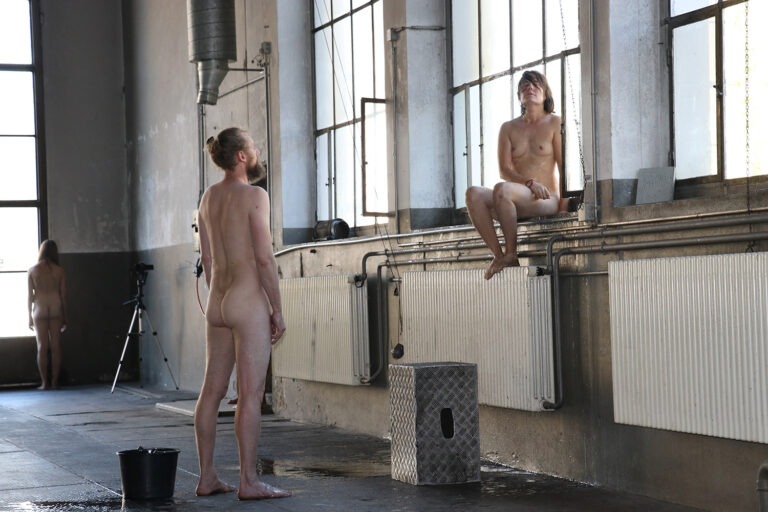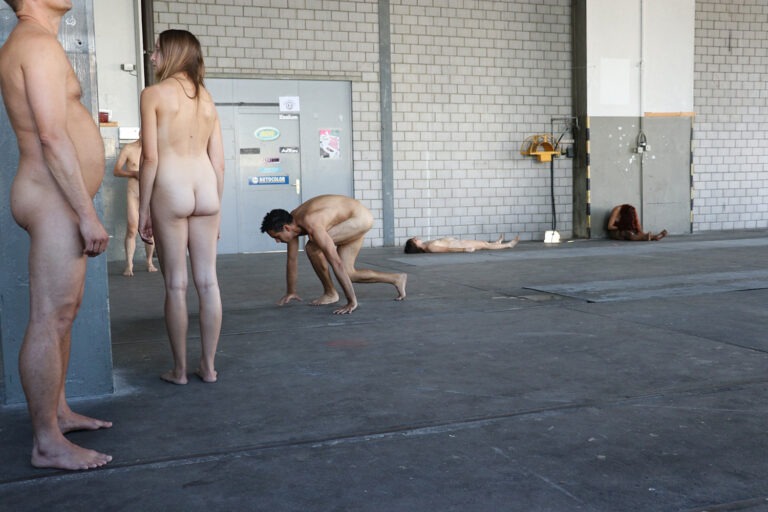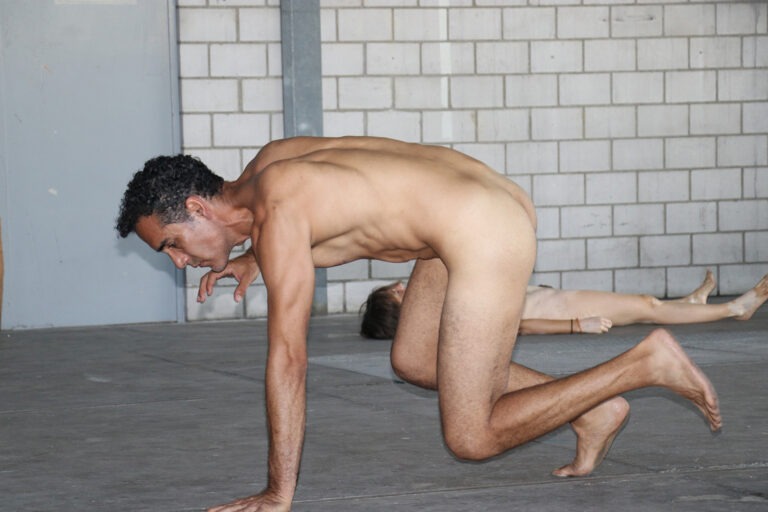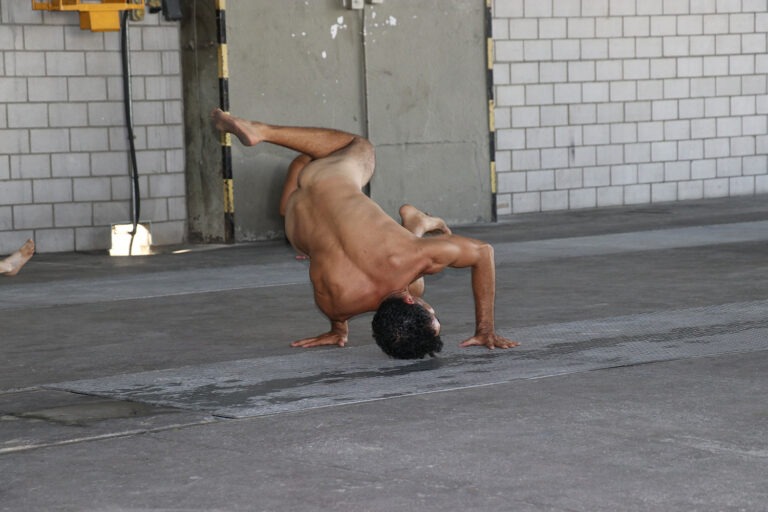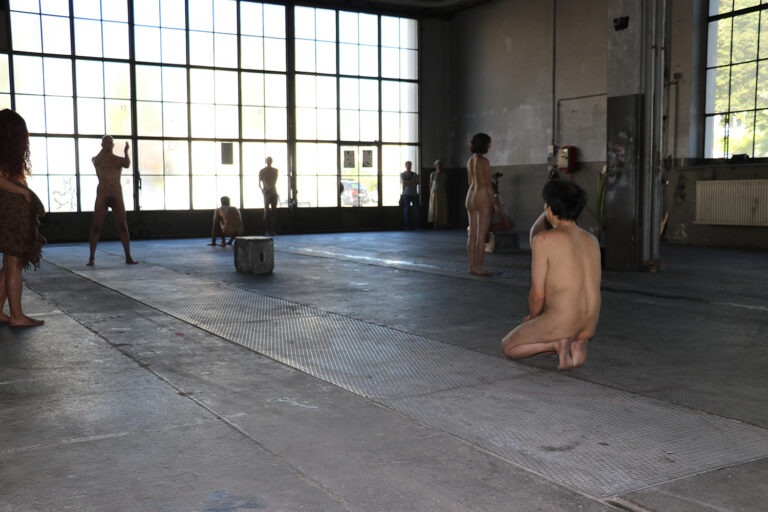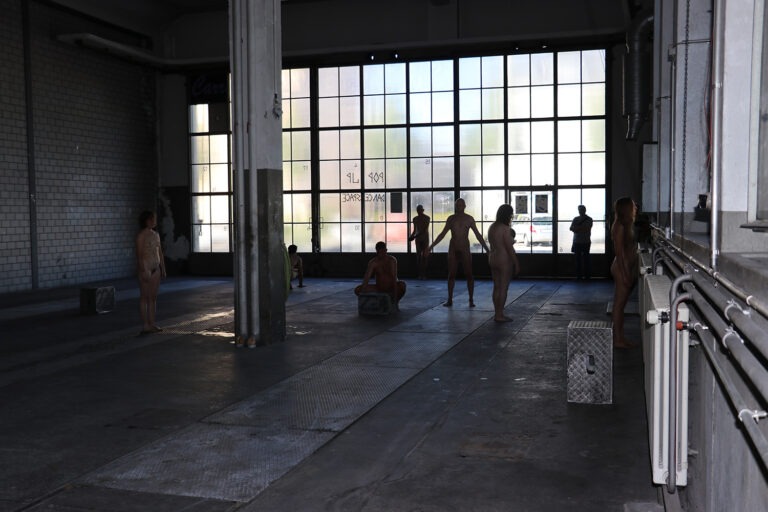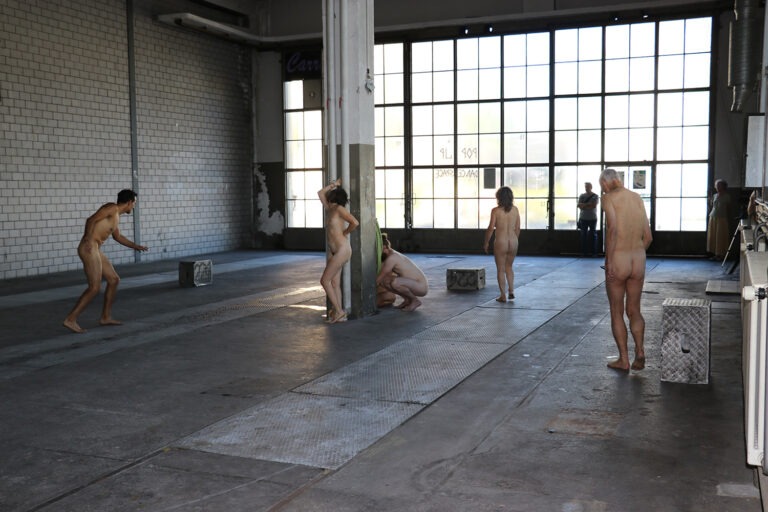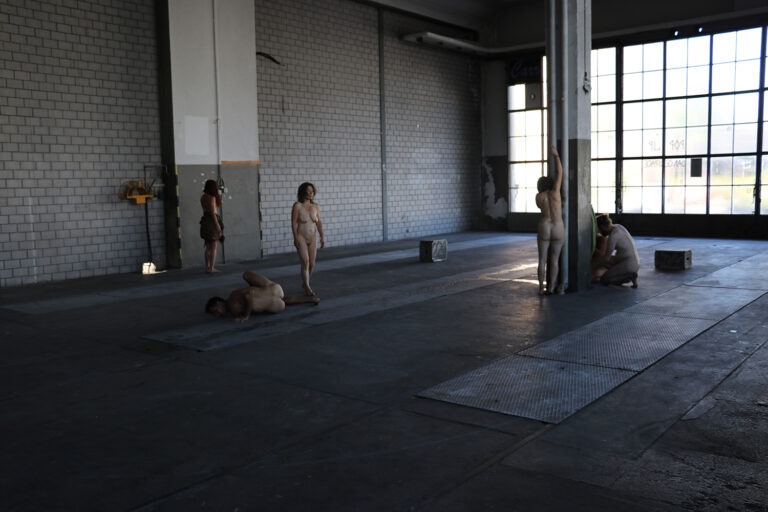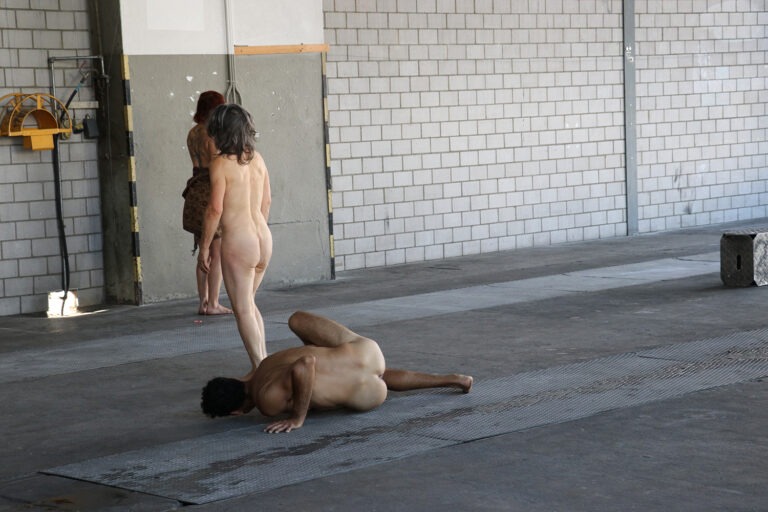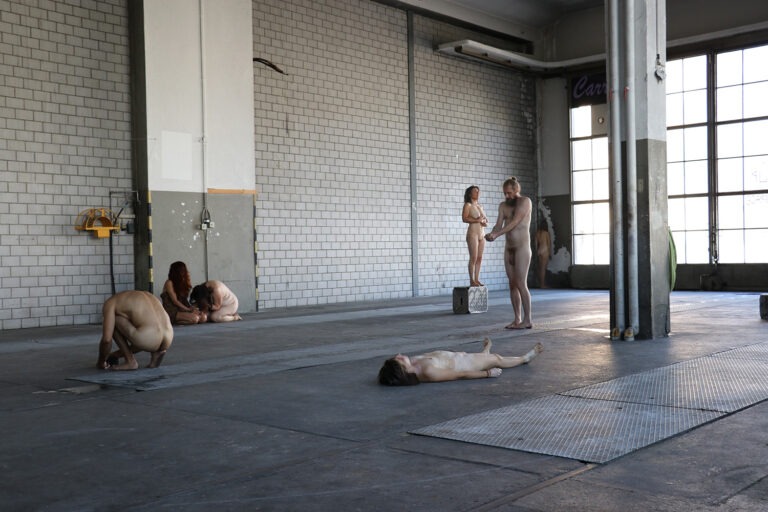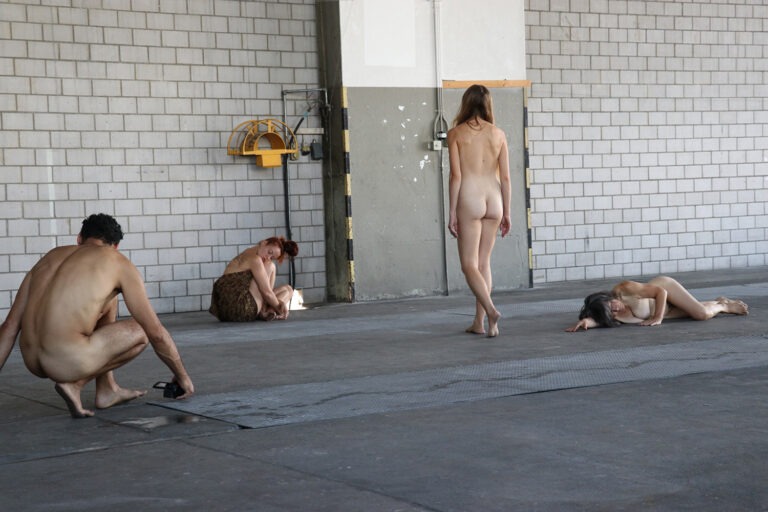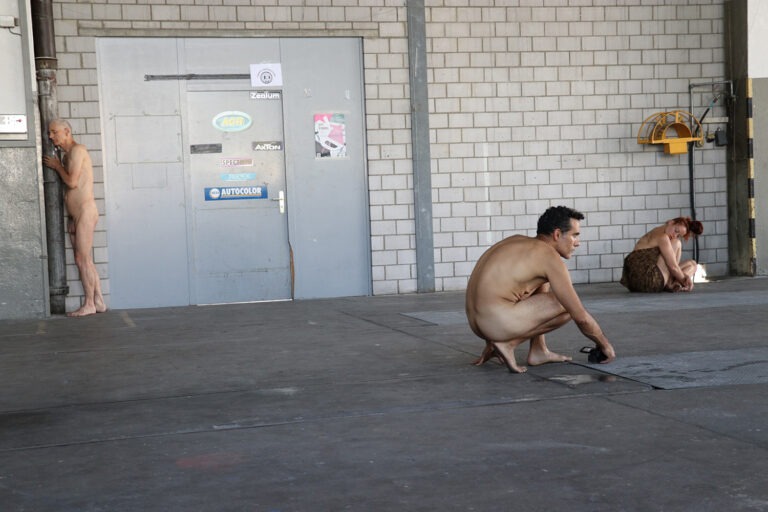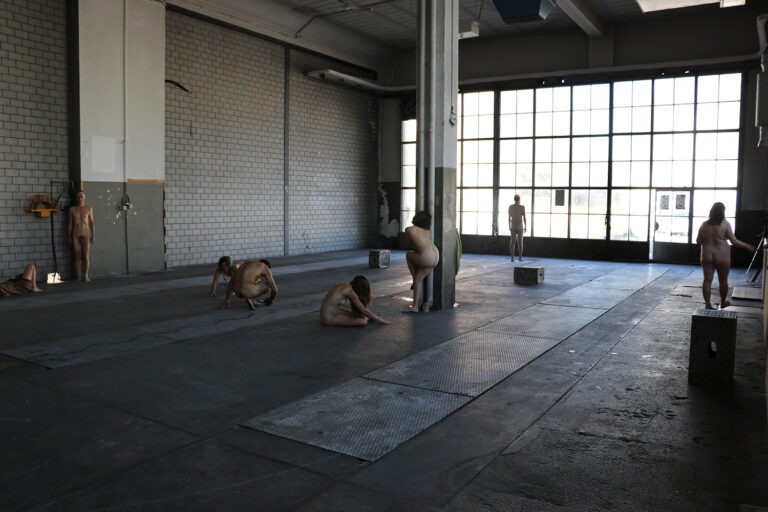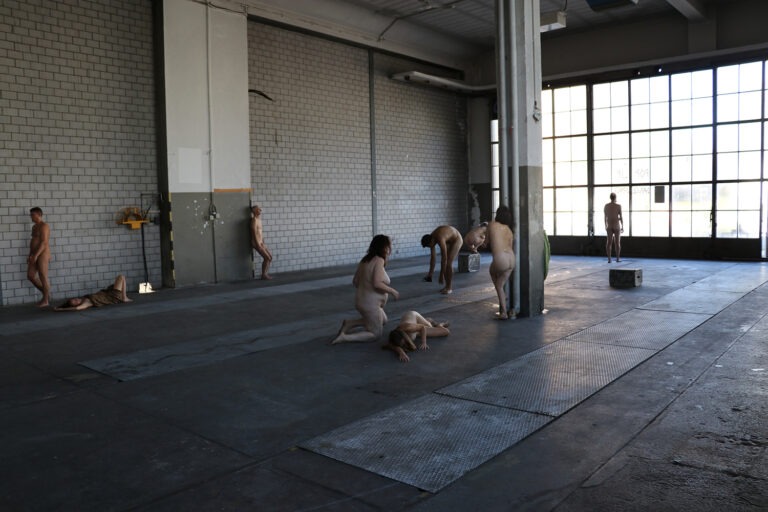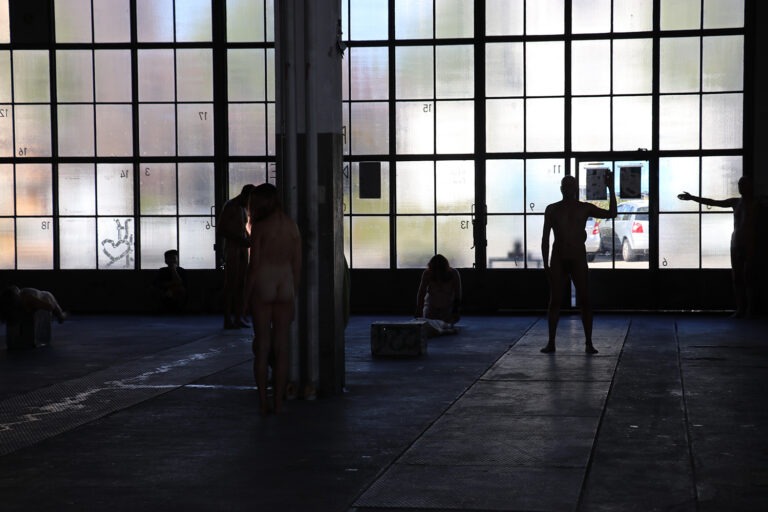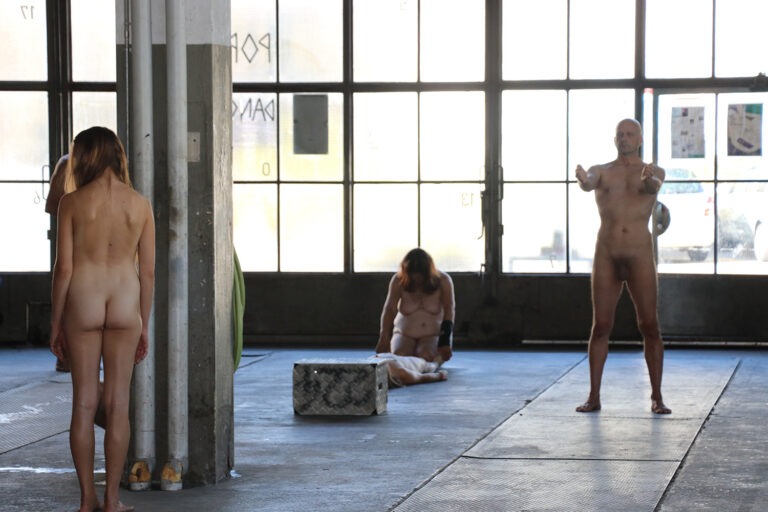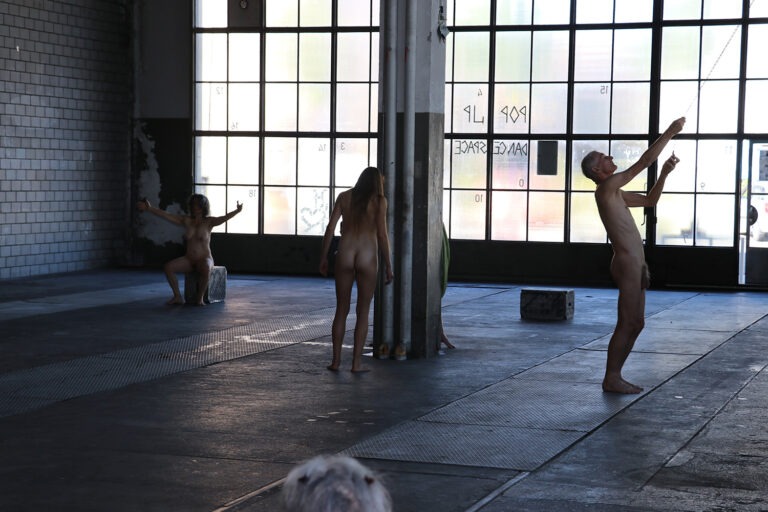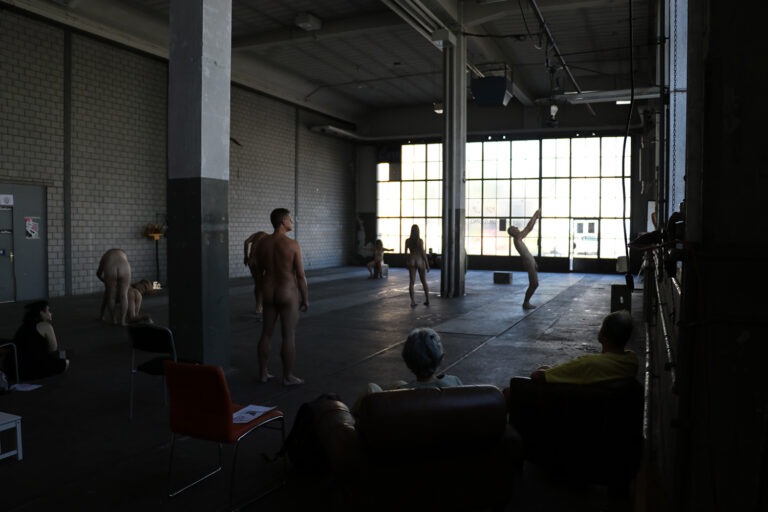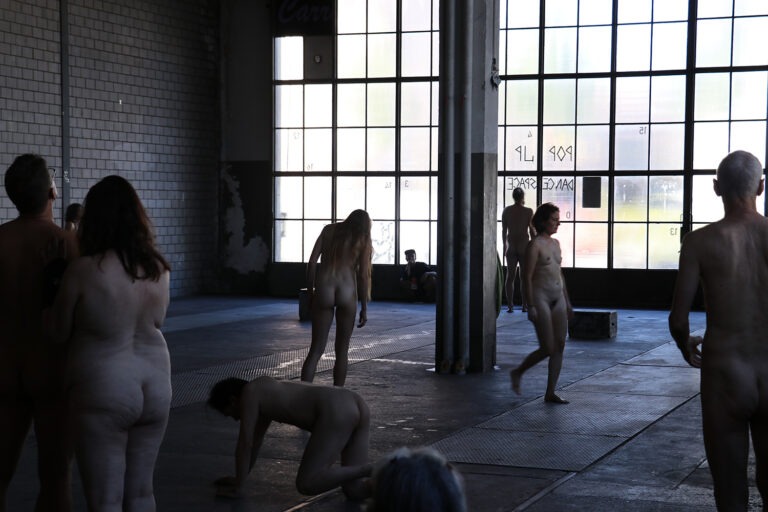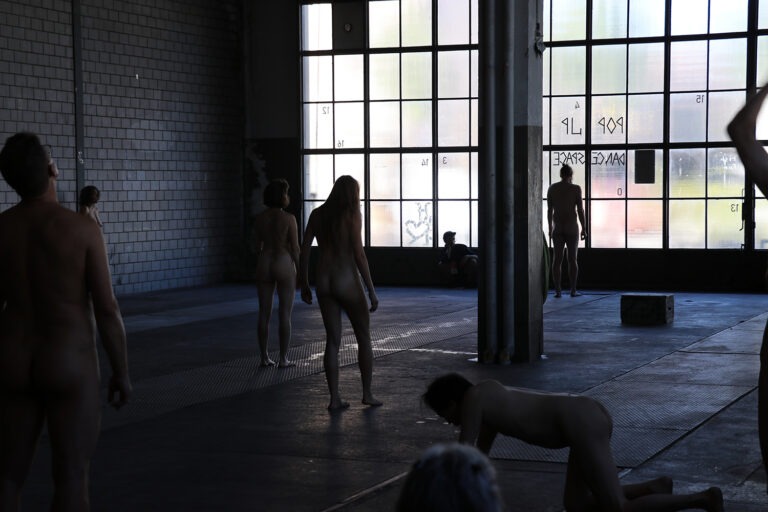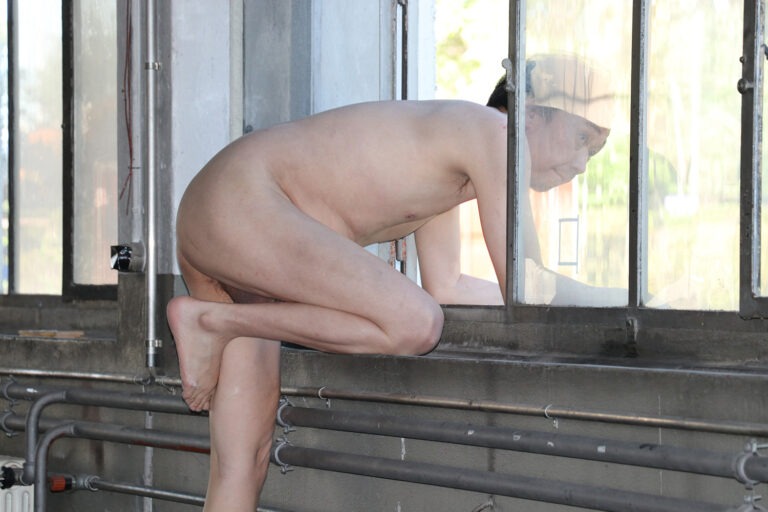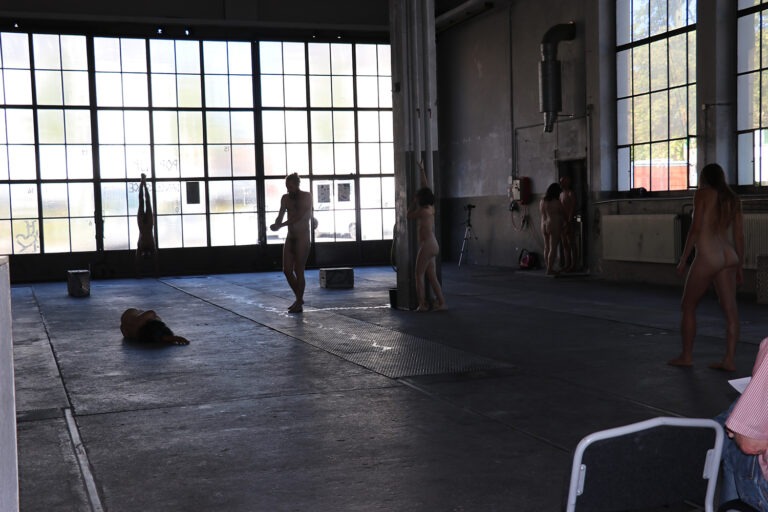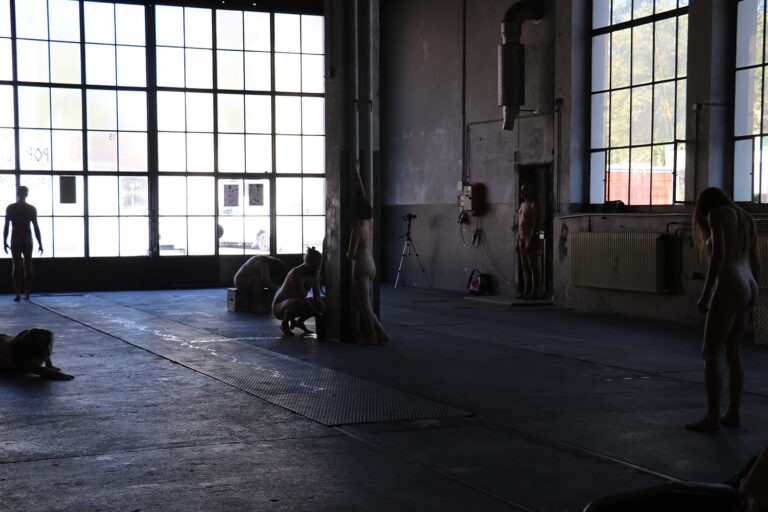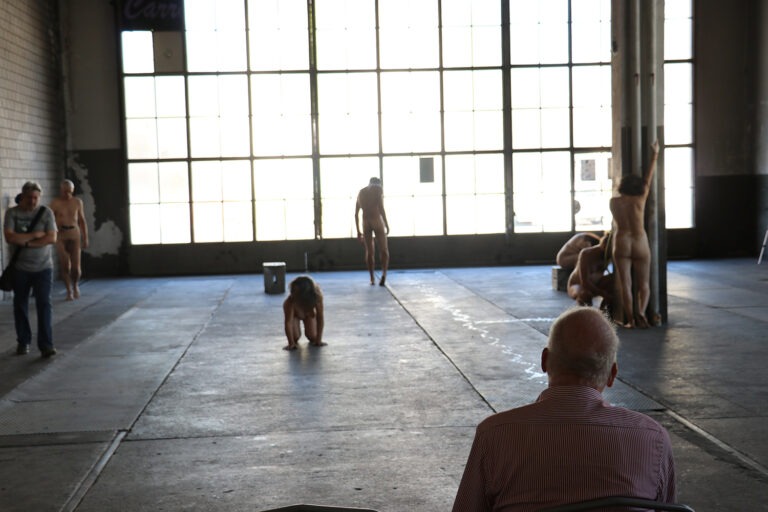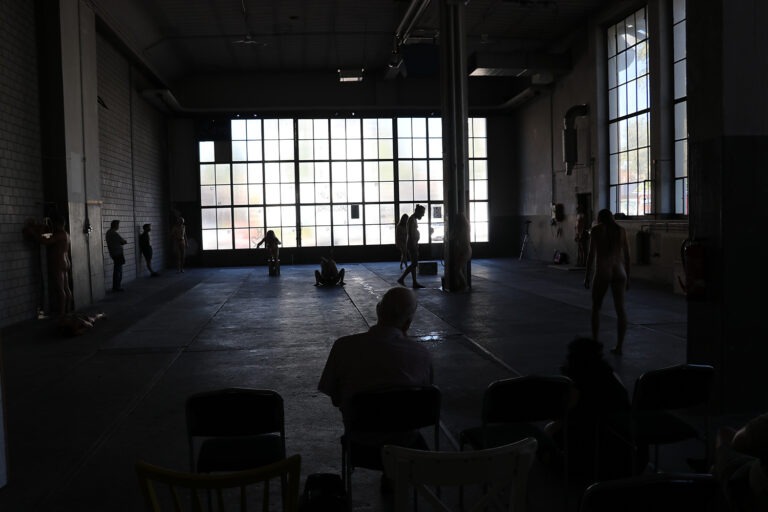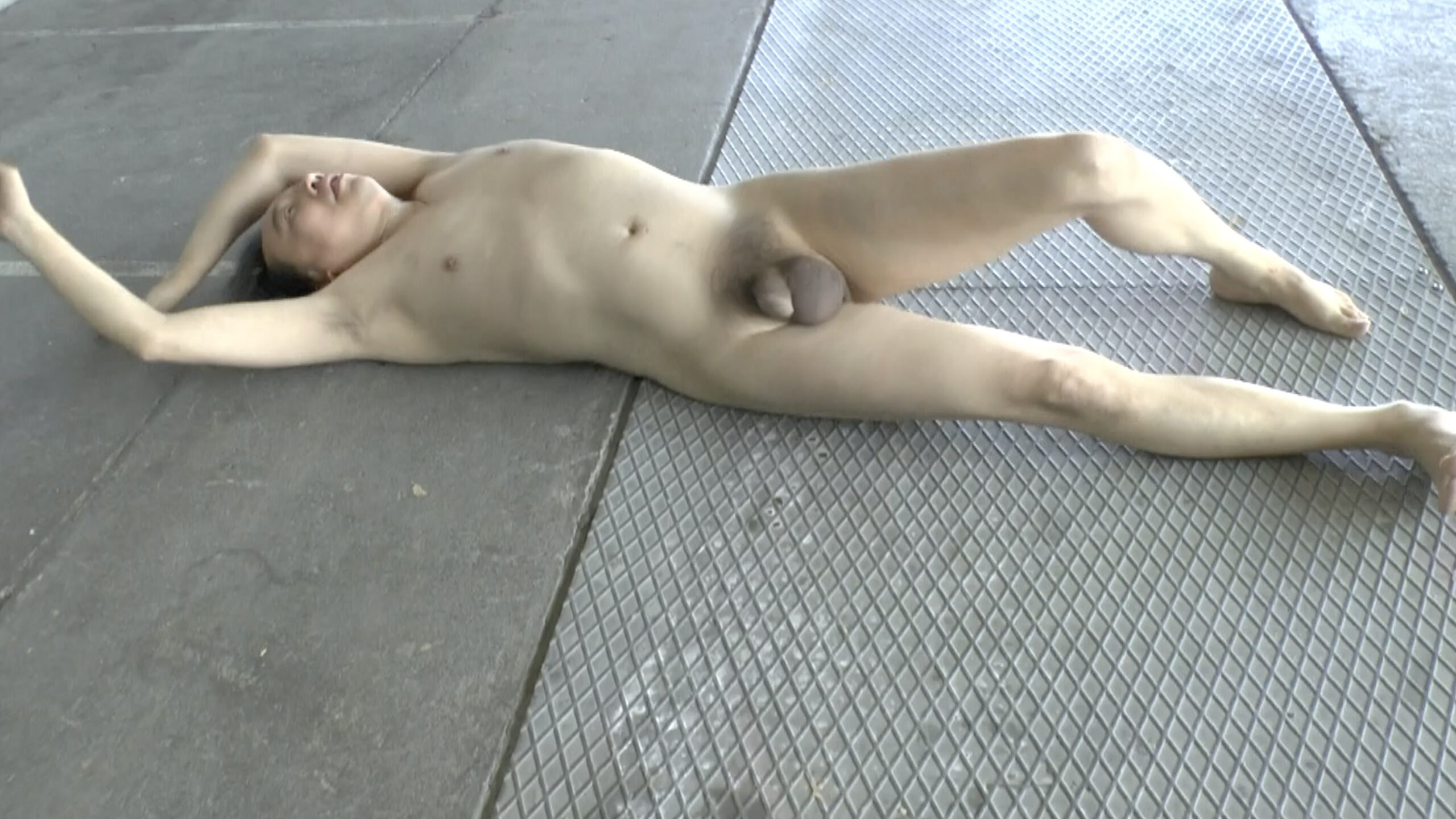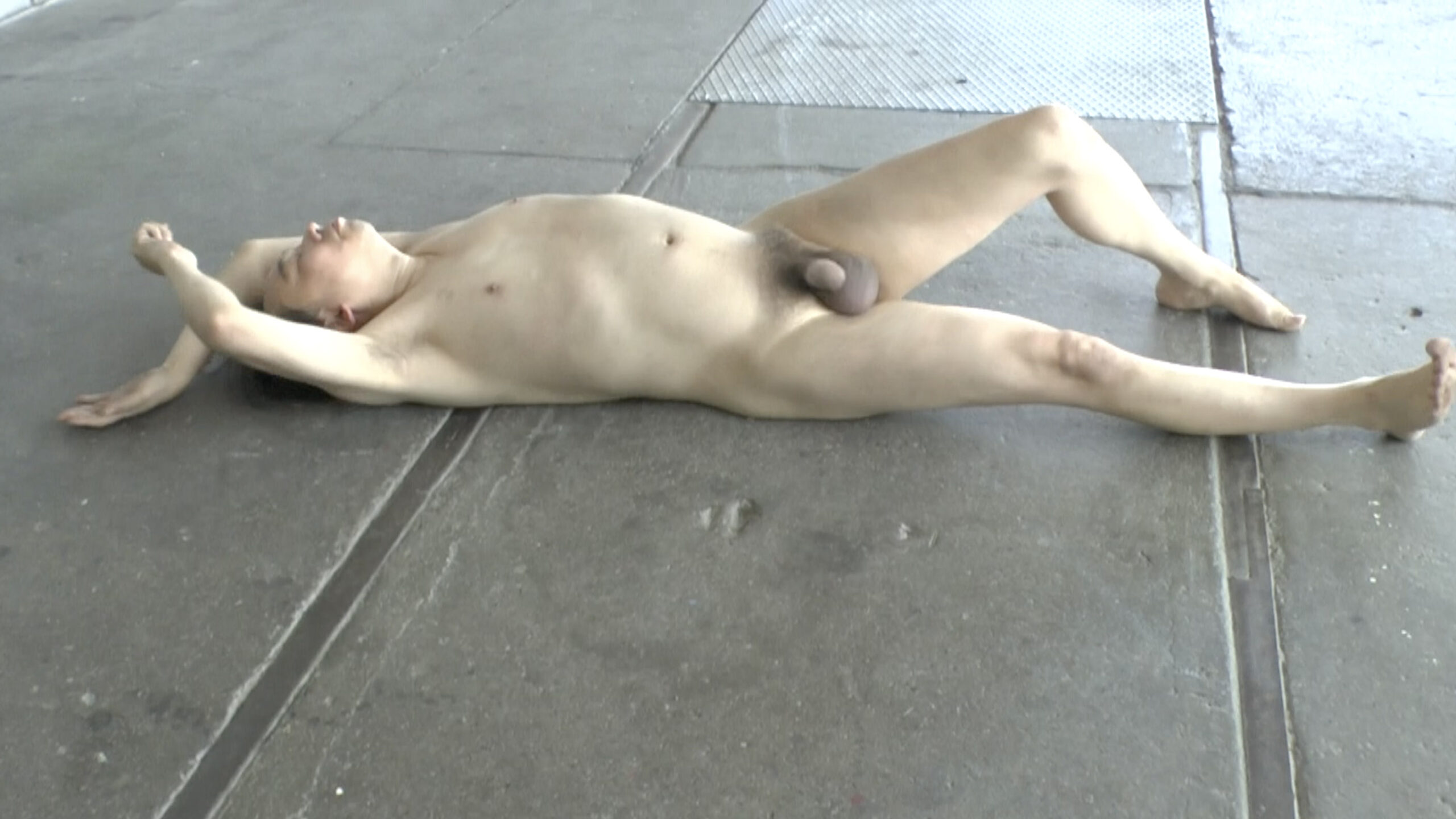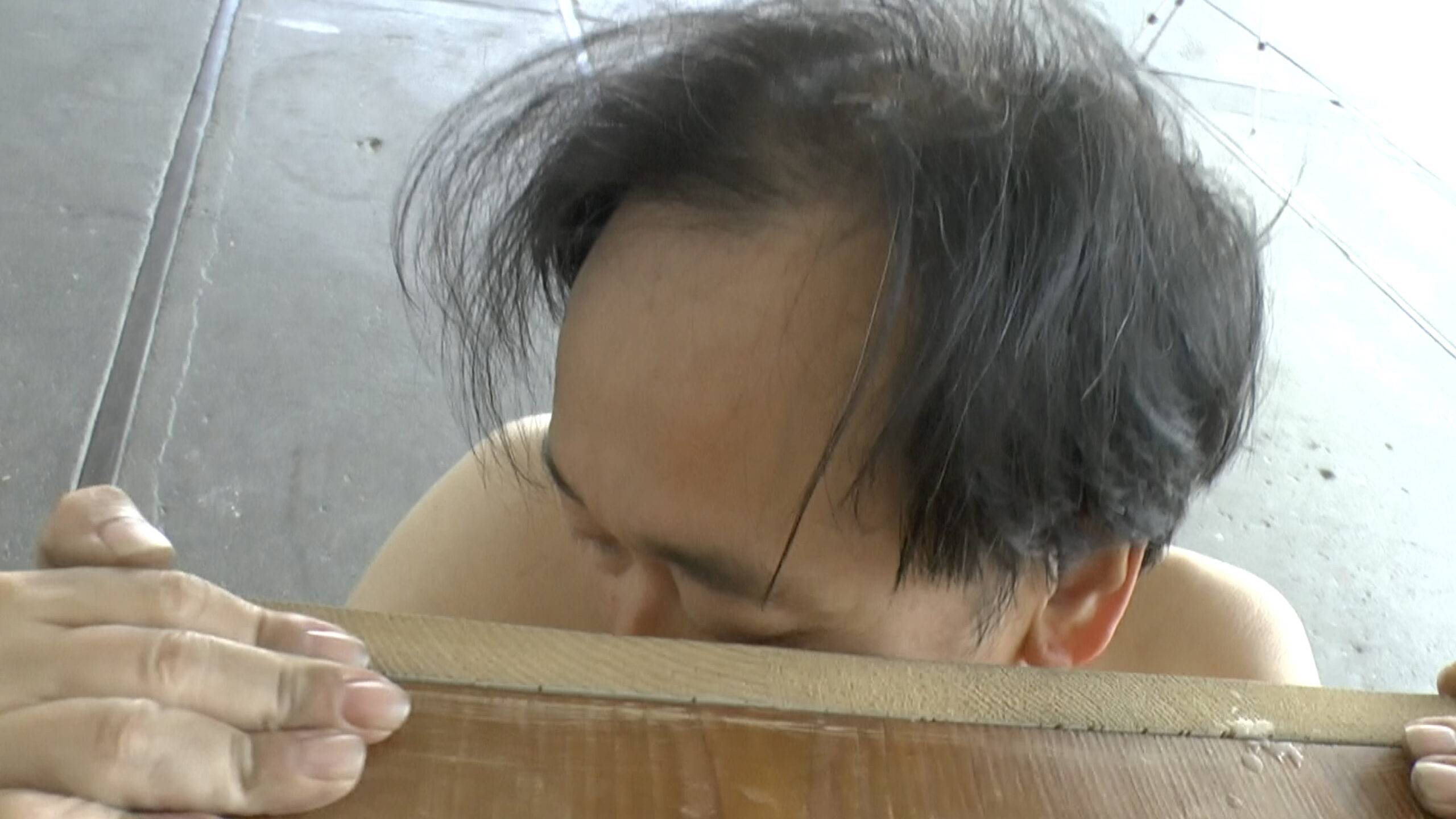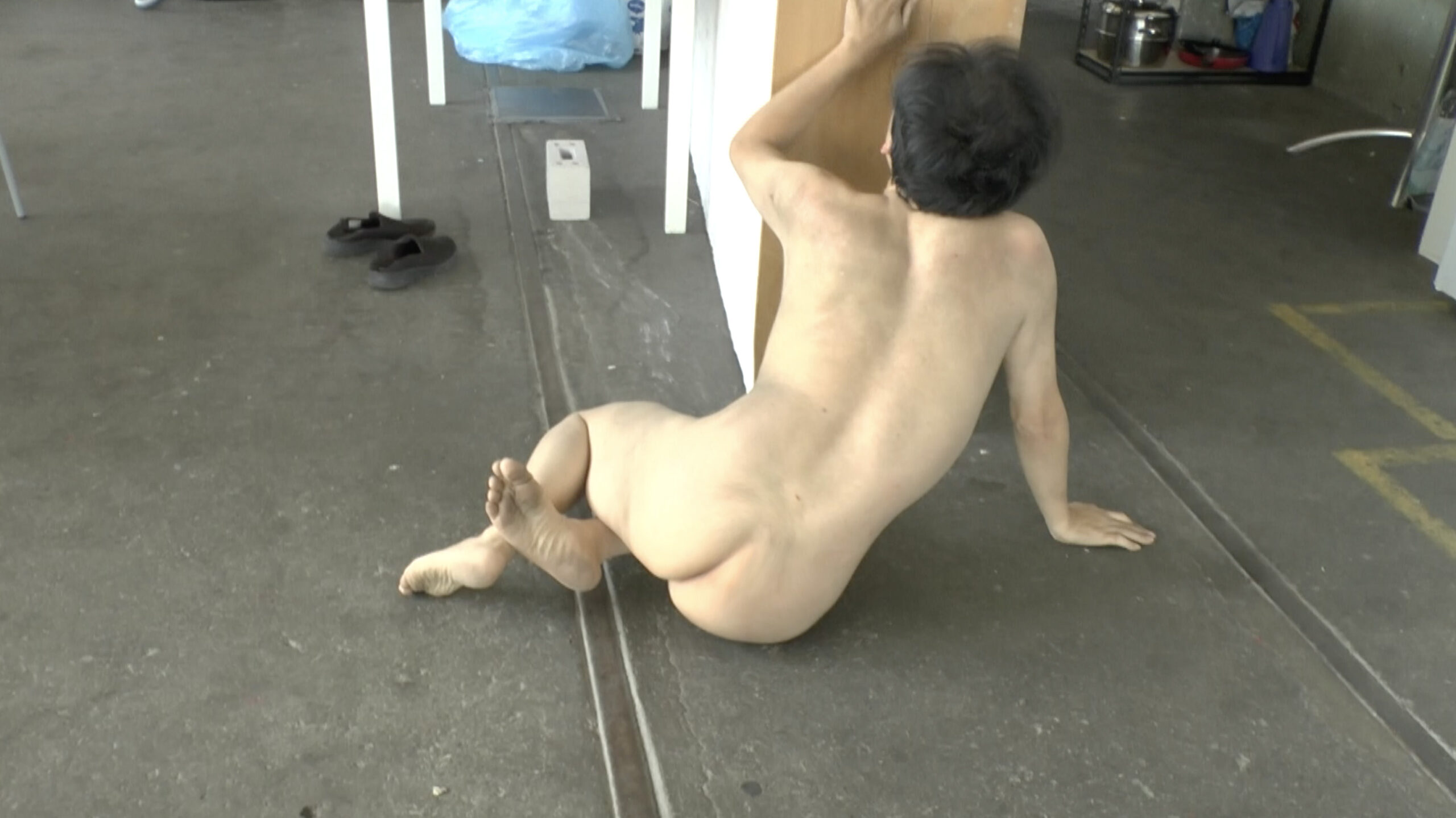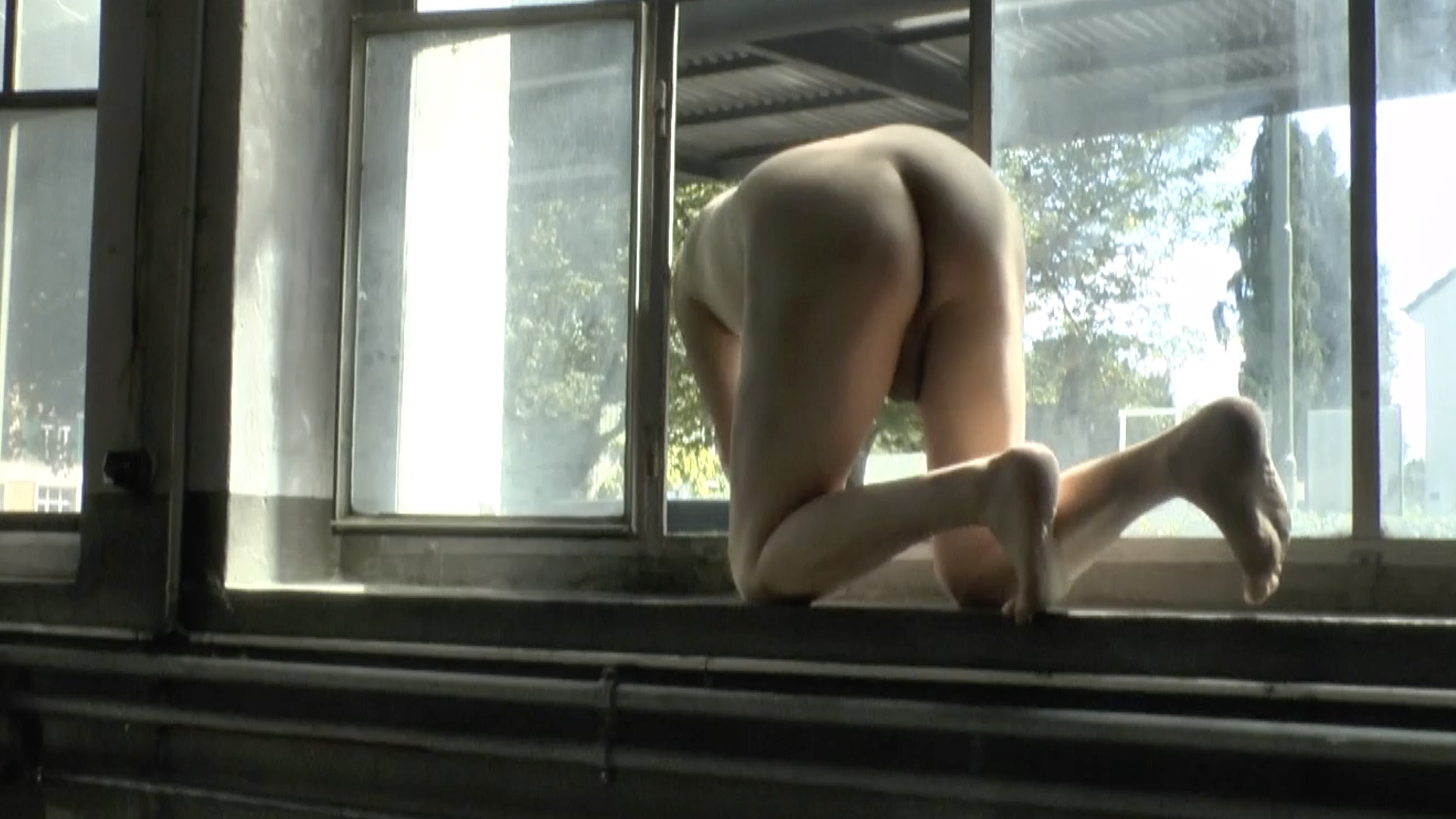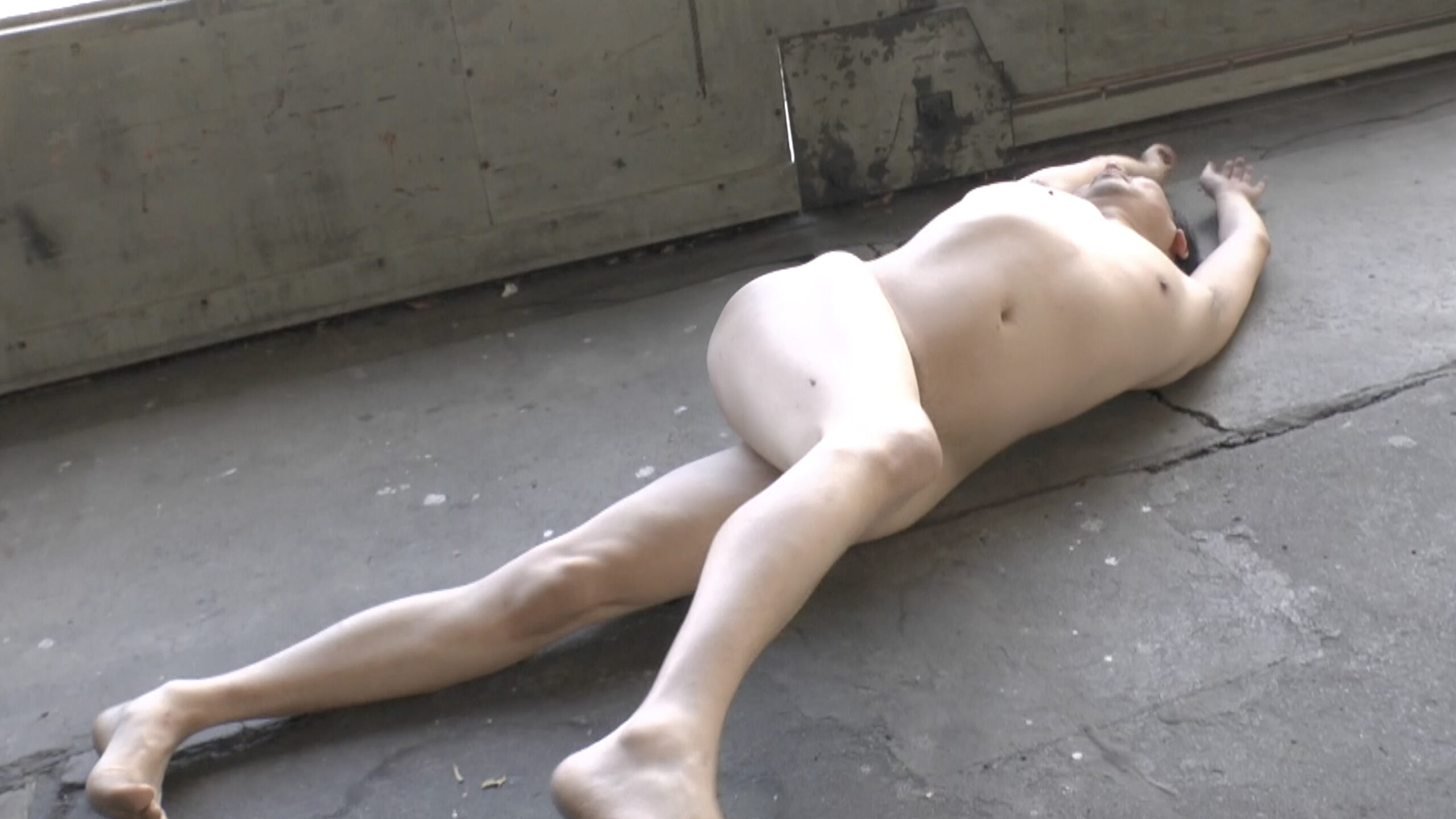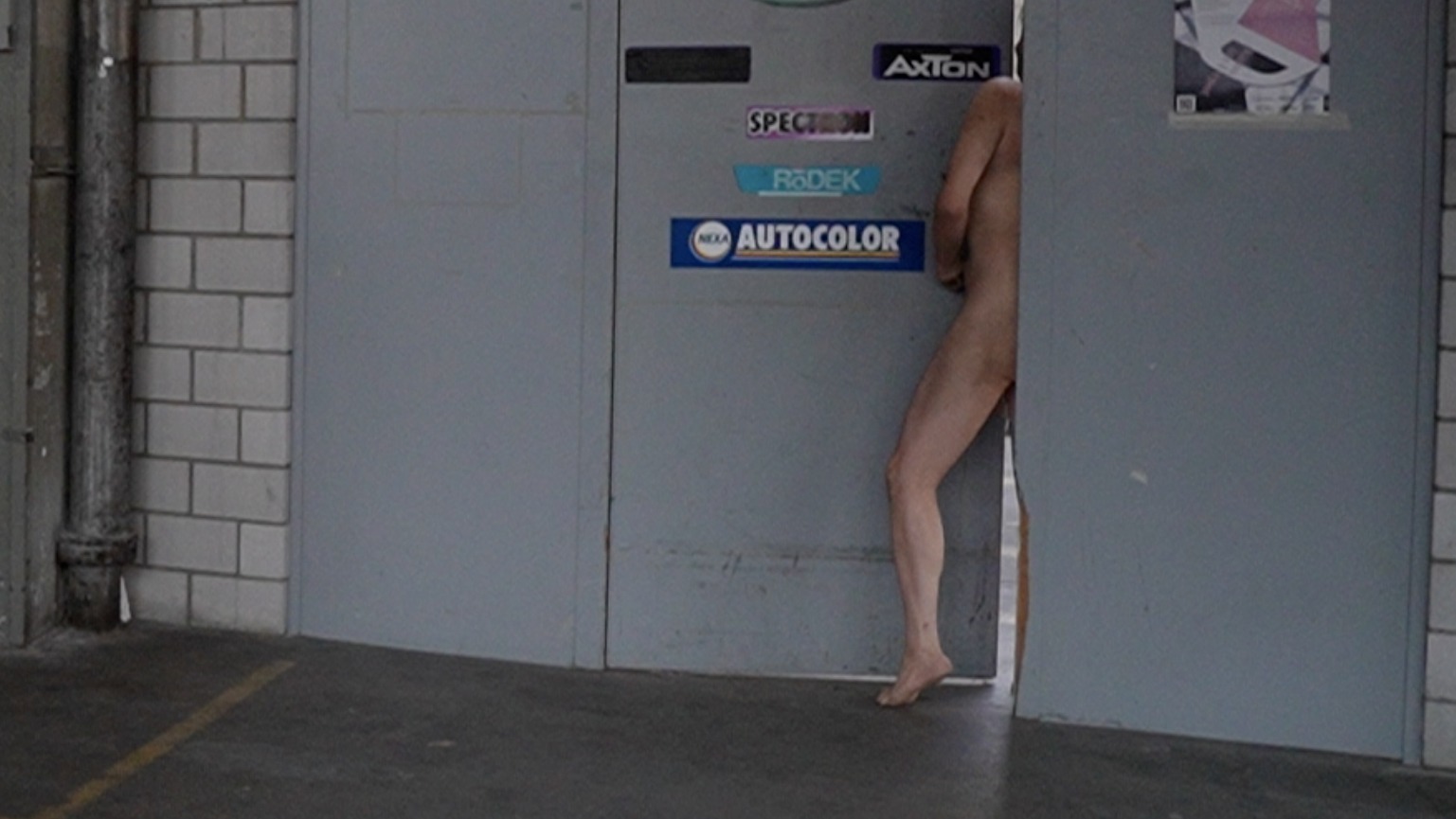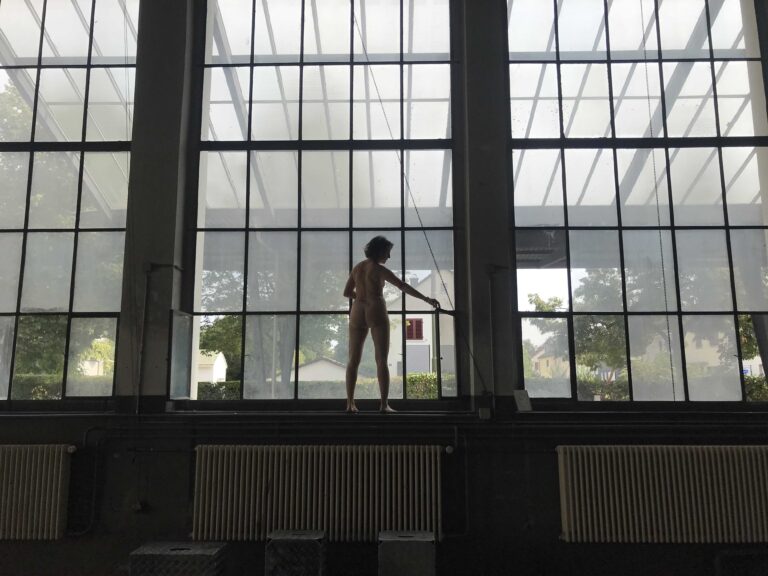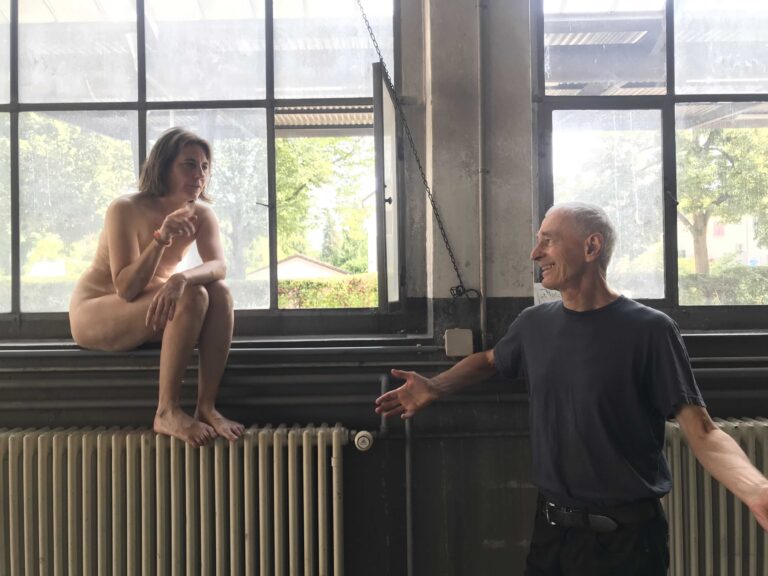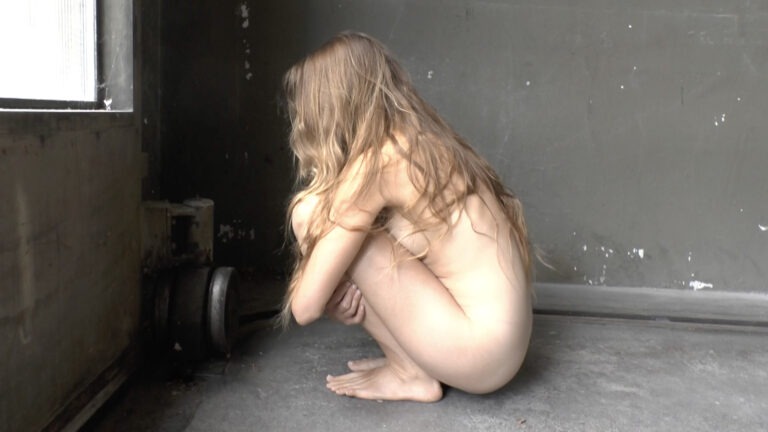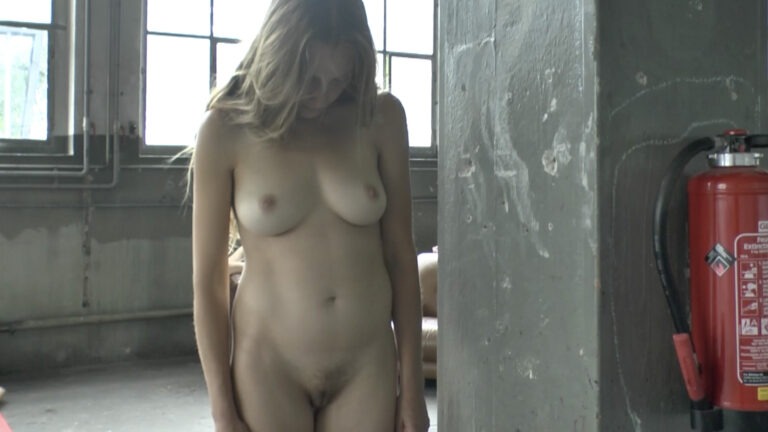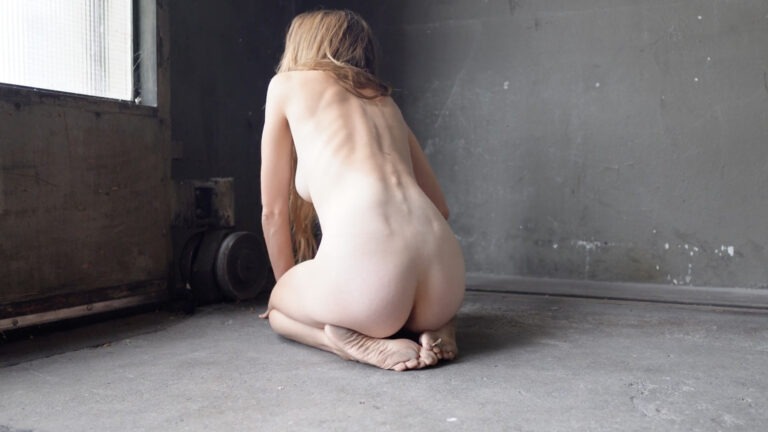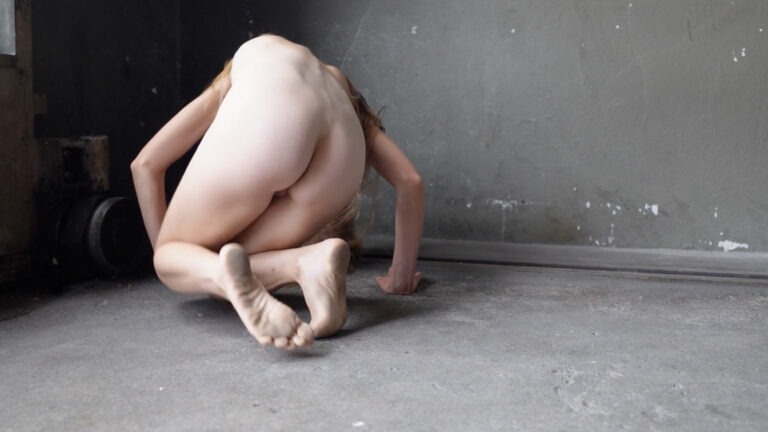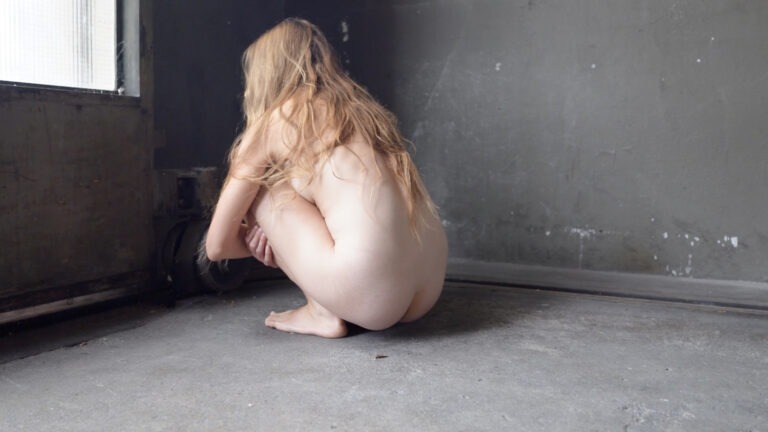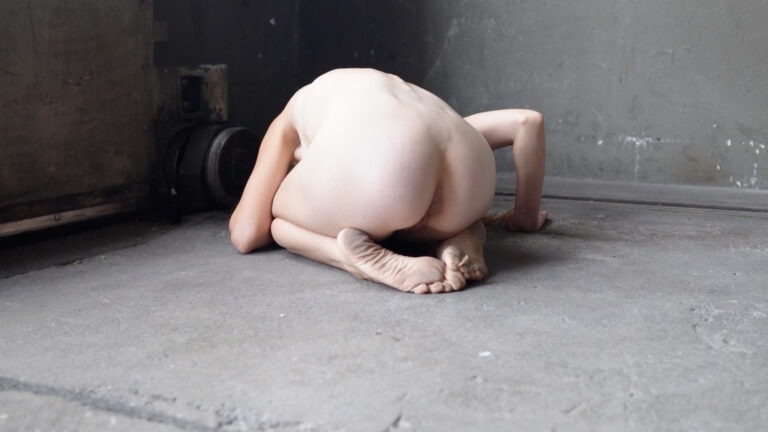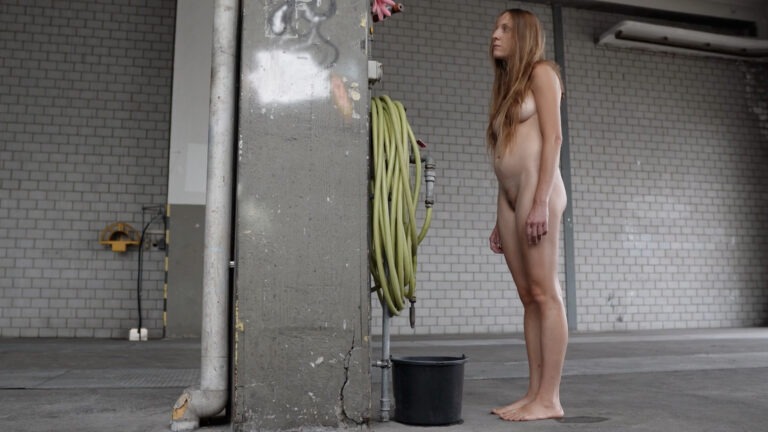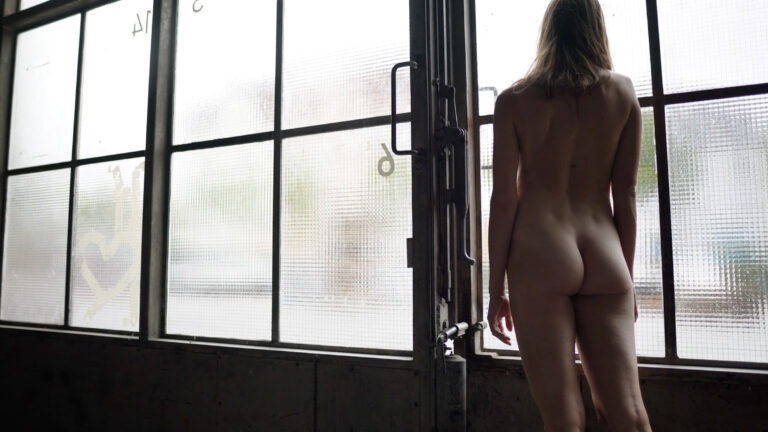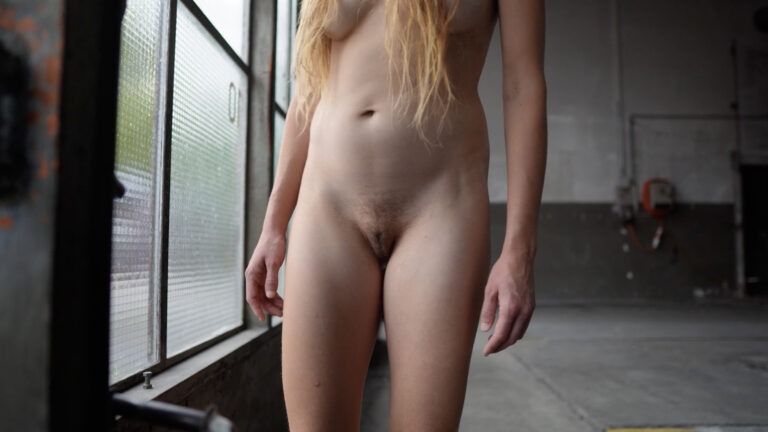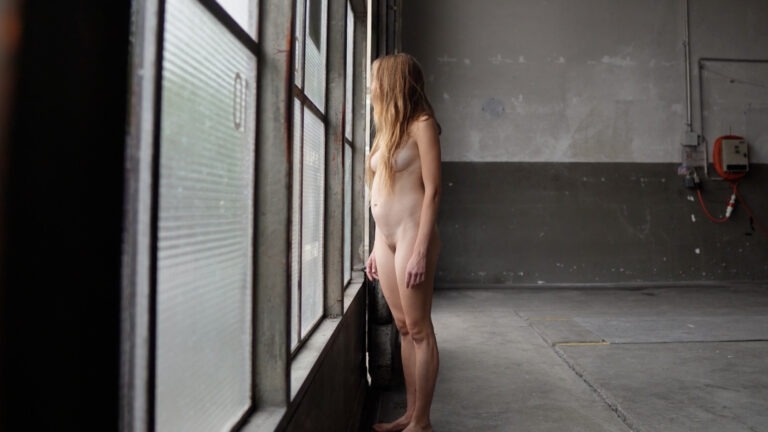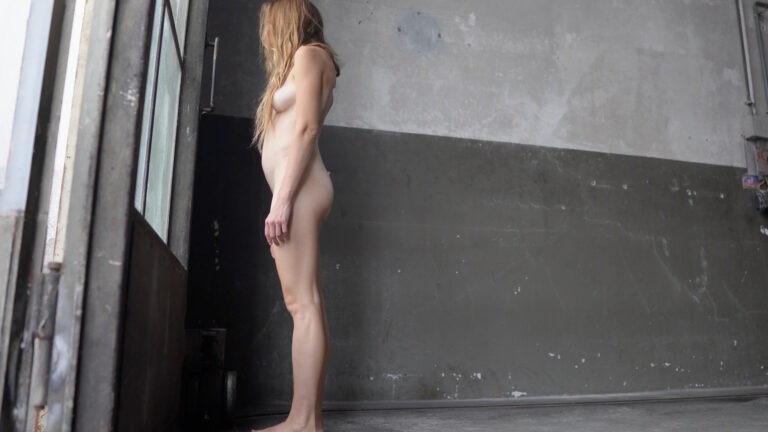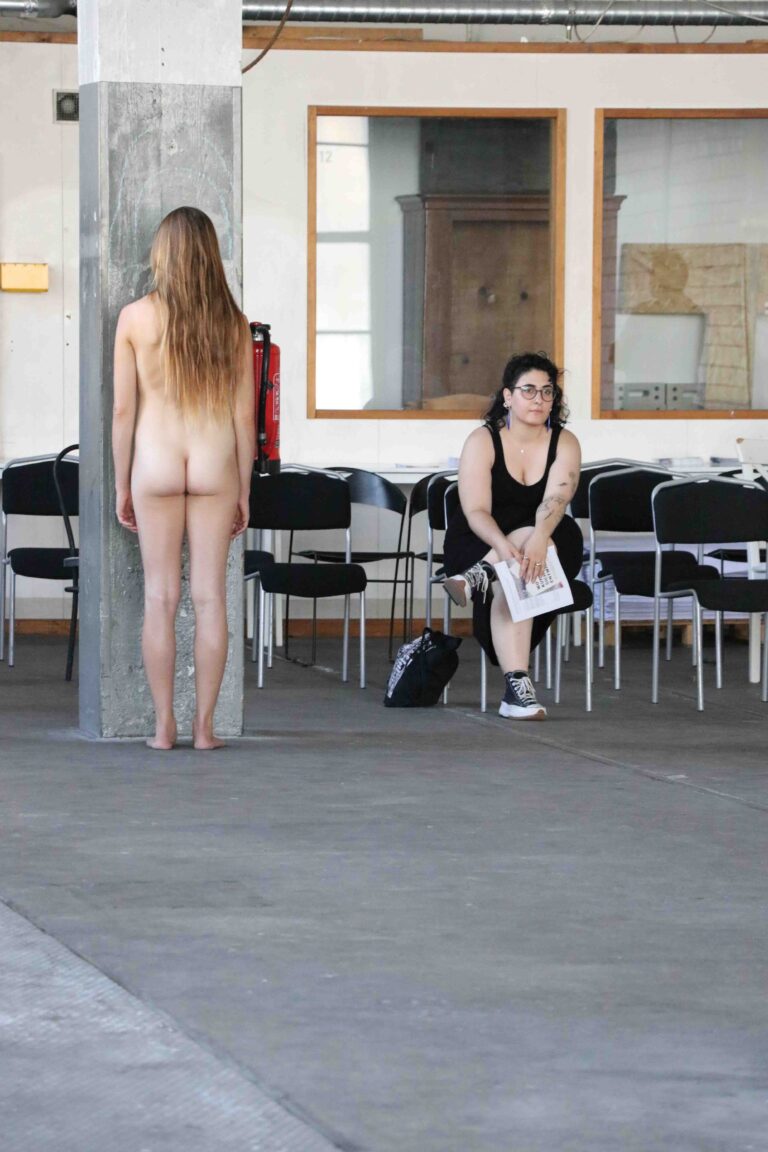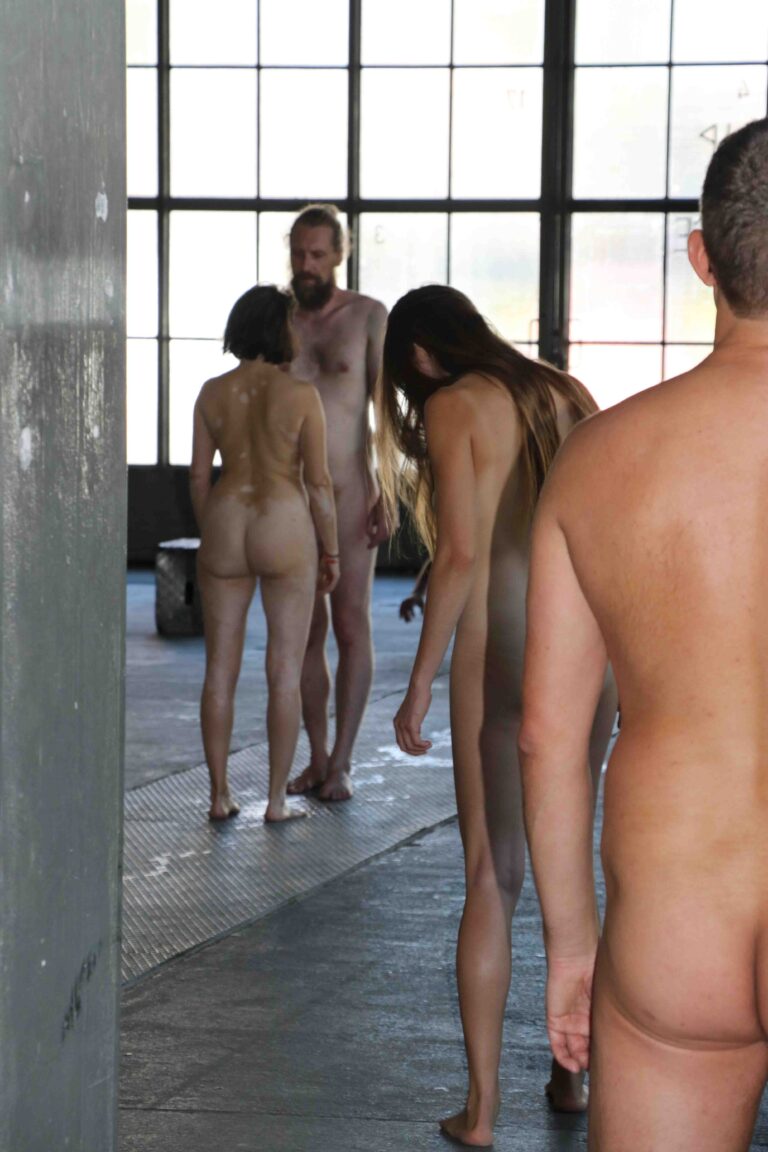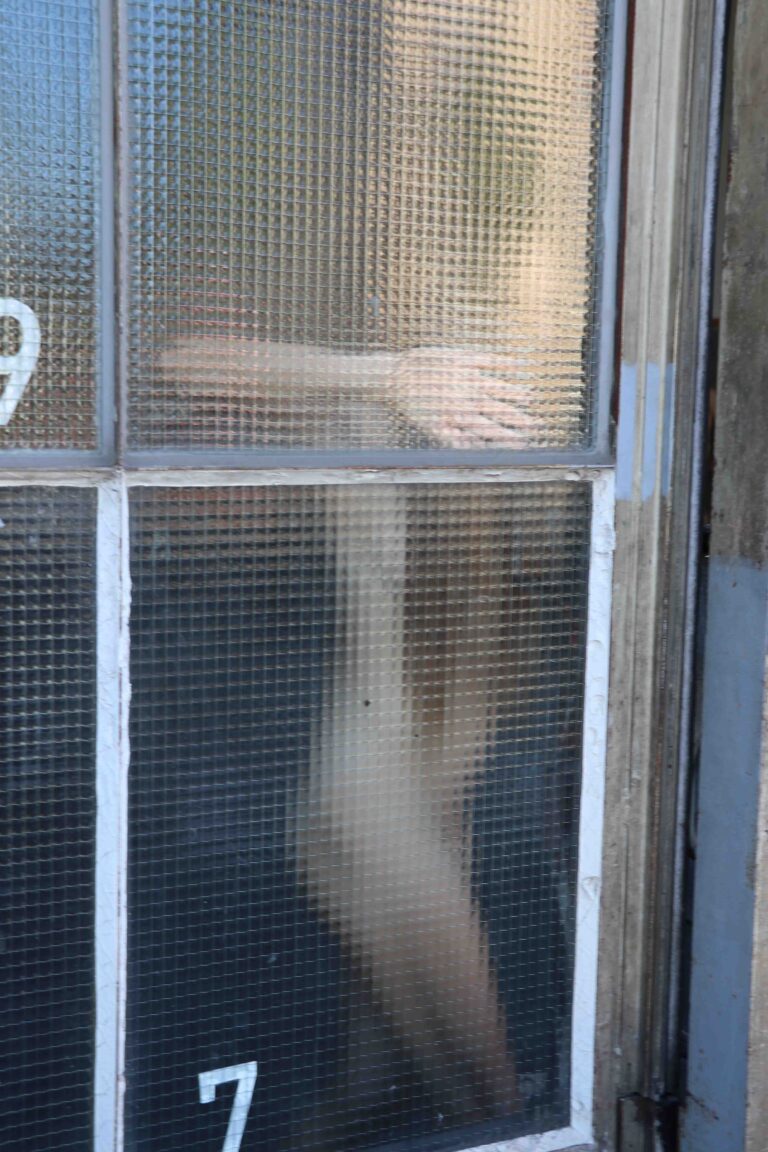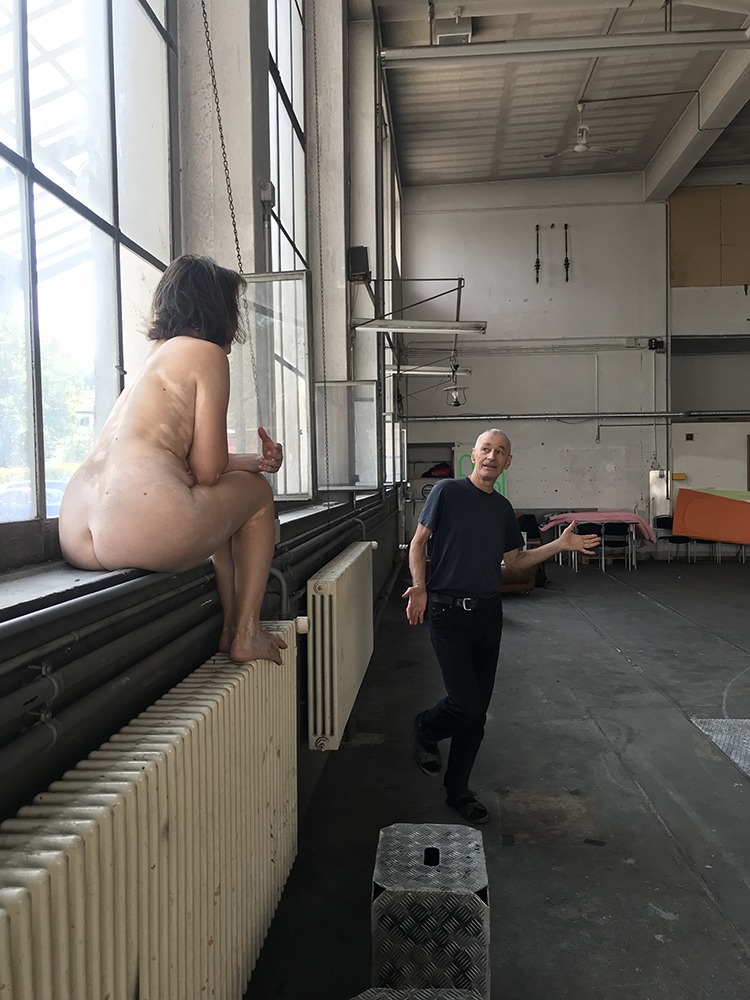At the core of this performance art exhibit lies a captivating presentation of minimalist artistic expression that is sure to leave a lasting impact. Its main purpose is to stimulate the senses and kindle the imagination of the audience. The exhibit takes place in an old bus depot, where it showcases the stripped-down human form in all its natural beauty. What may seem like repetitive and mundane actions slowly transform into a poetic and contemplative experience that defies description. The show features an array of talented performers, including Philemon Mukarno, Vera Héritier, Marc Lüthi, Beatrice Schumacher, and Federico Ituarte. Each performance is a captivating masterpiece that commands attention. Despite the location’s industrial and mechanical past, the exhibition creates a remarkable contrast, elevating the space into a haven for art and creativity enthusiasts. This is an exceptional opportunity to immerse oneself in a world of pure artistic expression and self-reflection.
Systems of Control versus Radical Freedom
Nakedness as Radical Vulnerability
The use of the nude body in this work demands a critical reading that moves past superficial shock. Art history acknowledges that the nude can convey numerous meanings beyond eroticism, including aesthetic ideals, religious purity, and mythology. Zollinger’s performance aligns with modern conceptual ideology. The body becomes a representation of raw, non-mediated human emotion.
Beyond Eroticism and Aesthetics
The practice deliberately avoids the common pitfalls of the widespread, often-criticized female nude. Instead, the work is centered on a universal expression of the human condition. It asserts the raw body as a complete entity. The nude body is stripped of the complex layers of social and material baggage attached to clothing and personal objects. This process leaves only biological presence. The lack of mediation compels the audience to confront humanity’s shared physical reality.
The Burden of Being
The central actions—minimal standing and slow walking —are vital to the conceptual impact. These restricted, slow movements intensify the focus on the body’s simple, effortful existence. Duration becomes a conceptual tool. It transforms the act of viewing from a passive glance into an active, sustained observation of existential effort.
In a highly structured, organized industrial environment, this slow, naked, non-productive body resists easy categorization. This radical vulnerability is interpreted not as weakness, but as an assertion of essential, biological existence. The human rhythm of the performance stands in direct opposition to the mechanized, utilitarian rhythm of the industrial architecture. It is a quiet yet profound act of self-assertion against instrumental rationality.
The Unifying Factor
Nakedness acts as a powerful symbol of unity. It reminds the viewer that all humans share the same underlying corporeality, regardless of race, background, or social status. Placing this unifying force inside a historical industrial hub—a site that often emphasizes standardization, hierarchy, and manufactured differences—creates a powerful democratizing tension. The universality of the vulnerable body contrasts sharply with the cold, specialized function of the depot.
The Imponderable Dynamic: Audience and Environment
The successful completion of the Human Installation Winterthur relies entirely on the audience’s engagement. Visitors entering the depot must navigate this space, consciously engaging with the “arrangement of nude performative actions”. Since the depot is an inherently public space, the audience experience is central to the critique.
Mediating the Gap
Unlike performances that force immediate, physical proximity, the use of the vast depot space allows the audience physical distance. However, the psychological obstacle remains. Viewers are confronted by the sheer scale of the space surrounding the vulnerable figures. The industrial setting provides no comforting artistic frame, unlike a standard gallery’s white cube. The environment is raw and unmediated.
The minimal action of the performers shifts the interpretive burden onto the viewer. The audience must choose their interpretation. Is the nakedness innocent, bizarre, or powerfully beautiful? The emotional response of the spectator to the generated vulnerability is not incidental; it constitutes a fundamental part of the artwork.
Duration and Empathy
Commitment to durational art challenges passive, fast-paced consumption. The slow pace of the action demands sustained, active attention from the observer. The audience is compelled to share the subjective weight of time with the performers. This sustained focus is designed to bridge the gap between observer and subject. Empathy is generated through this shared, extended confrontation with vulnerability and time.
The performance generates a dialectic between two opposing forces: the massive, emotionally indifferent architecture and the human body, which generates maximum emotional intensity through its exposure. The audience is caught precisely in this push-pull, fostering critical reflection on institutional scale versus individual feeling.
The Anti-Spectacle Philosophy
Scarcity of specific media reports or visitor reviews confirms a dimension of the conceptual approach. The performance was either highly intimate or intentionally ephemeral. The absence of popular mass media coverage reinforces the artist’s characteristic minimal, anti-spectacle philosophy. This approach prioritizes the intense, immediate experience of the few over the diluted, mass circulation of images. The performance’s conceptual link to the difficulty of the artist’s existence in Switzerland suggests the work also functions as a commentary on labor and recognition. By placing non-productive, nude labor in a former site of organized work, the installation critiques the commercial necessity often imposed upon the artist.
A Resilient Human Imprint
The Human Installation Winterthur (2022) stands as a profoundly resilient statement. It succeeded in pitting the fragile, bare human form against the indifferent, monumental architecture of the historic depot. The work asserted that raw, vulnerable presence holds an intrinsic value that ultimately transcends the demands of mechanical function and industrial scale.
The Ironic Counter-Monument
The performance ritualized basic existence—standing and slow movement—within a space designed for fast, efficient transit. It temporarily reclaimed the industrial structure for existential reflection. The depot is officially protected as an architectural monument. The performance, by leaving no material trace, established a powerful, ironic counter-monument. It protected the memory of vulnerable human presence within that institutional shell, asserting a temporary, spiritual counter-history to the depot’s rigid material history.
Legacy of the Moment
The memory of the slow, nude actions persists long after the physical duration of the performance ended. The consistent and conceptually rigorous body of work continues to evolve. The Winterthur depot provided a uniquely charged and powerful site-specific canvas for this exploration. The installation remains a critical reference point for contemporary conceptual art in Switzerland. It provides a lasting challenge to prevailing notions of utility, efficiency, and the hierarchy of material versus ephemeral existence.

